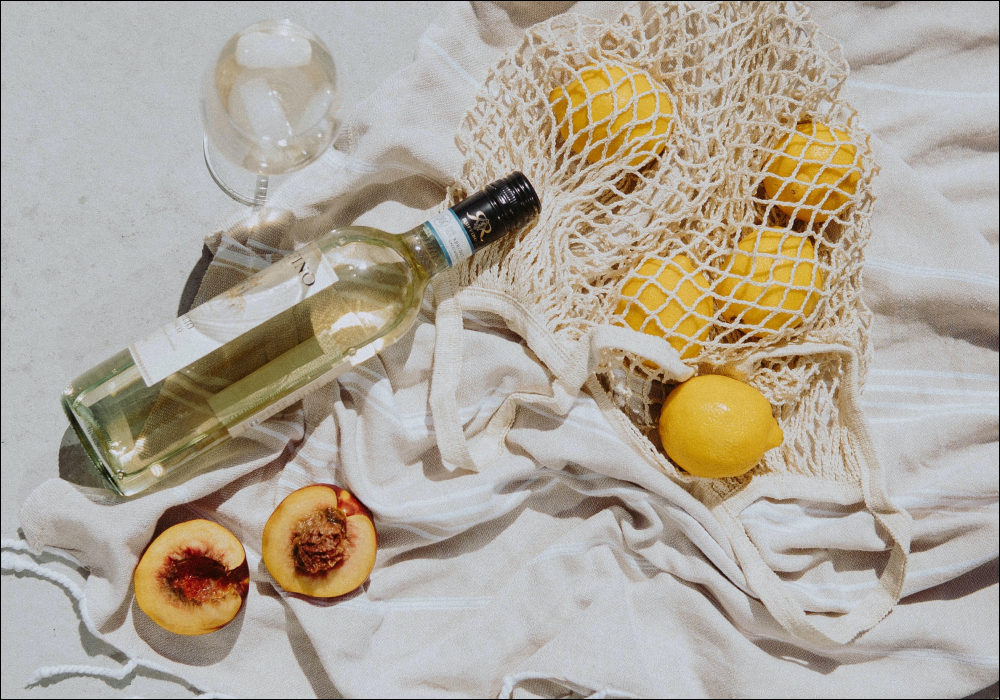
Interior Design For The Forgotten Senses
Colour plays an important part in designing a space, for sure. But there are a few other intrinsic senses that are less apparent, and we shouldn’t forget. Scent, sound, touch and even taste can all contribute to the overall feeling of our interior spaces. By understanding and consciously considering more of the human senses, we can create spaces that feel deeply ‘right’ for what we want to achieve. It makes sense right (pun intended)?
Sight is only one of the five human senses, but it’s dominant above all others when it comes to interior design. We scroll Instagram looking at things. Pinterest is about looking at things. Even interior magazines are all about the visuals. At COAT we think a little differently. Even in our own paint products we use tactile packing materials, create colour-specific Spotify playlists, and even scent our paint packaging. We’re championing the forgotten sense. We’re shedding light on how you can design spaces for all five senses - immersing yourself and visitors in a multi-sensory design experience that feels incredible. It’s how you take interior design from zero to one hundred.
Sound
We all know that one piece of music that transports us to another world of memories from the very first note. Whether it’s taking us to a beach in Ibiza ten years ago, or bringing a tear to our eye - sound has the most incredible way of shifting our energy and even our bodies. These memories are durable as well as emotional, and are so powerful they can even be used with Alzheimer’s patients to improve their lives. Music activates a large part of the brain and stimulates physical responses. Dilated pupils, a racing heartbeat, even goosebumps. It’s a powerful thing.

Jolie Studios in Manchester specialse in experiential interior design - beyond the basics of colour. “Sound has the power to affect our hormone production, breathing, heart rate and brainwaves. We try to harness the power of sound to create an ambience that plays into our design concepts - by altering and driving the emotional state of the occupants” says Michelle, COO at Jolie Studio. Subtle background music from a heavily muted Sonos system that ties rooms together can help cement a mood across spaces. Air purifiers or scented mist diffusers have a deliciously quiet breath-like sound that can calm a space.
If you’re looking at reducing noise transfer or dampening sounds you don’t want (like traffic, or noisy neighbours) think about material usage. For noisy adjoining houses, use wood panelling with hidden acoustic insulation. Dampen ambient sounds by limiting noise transfer - that means lots of soft furnishings like rugs, cushions and upholstered furniture. You can get clever with acoustic insulation hidden behind box-framed artwork too.
Scent and taste
“… I carried to my lips a spoonful of the tea in which I had let soften a bit of madeleine. But at the very instant when the mouthful of tea mixed with cake crumbs touched my palate, I quivered, attentive to the extraordinary thing that was happening inside me.” This famous passage by french author Marcel Proust neatly captures how a sensory experience grounded in taste and smell can trigger such a strong rush of emotions, or memories often long passed. That concept even has an associated name - The Proustian Movement. In fact, neuroscience makes it incredibly clear how closely-linked smell and taste are with our brain’s anatomy with odours taking a direct route to our limbic system - responsible for our feelings and emotions.

“Closely linked to our sense of smell, our taste and flavour experiences can be altered depending on the full sensory experience happening around them so it’s important not to ignore this sense or think of it only in isolation” says Michelle, Jolie Studio. “It is possible to examine nutritional opportunities, depending on the type of space - and carefully curate an environment to enhance and compliment.”
It’s easy to get overwhelmed by the array of scented interior products available - from candles and incense, to oils, diffusers and mist sprays. But which is best? The first question to ask is around feeling, and how you want the space to feel. Is it an opulent living space that’s steeped in luxury, or a minimalist bedroom with an altogether more zen feel? Science would put richer scents from Sandalwood, Vanilla and Amber firmly at the front of the luxury category - with fresher notes of Jasmine, Bergamot or Clary Sage in the bedroom for relaxation. You can extend the aroma into a taste experience, by offering guests provocative delicacies too. Liquorice powder can be sprinkled carefully on chocolates, and Activated Charcoal Sea Salt adds a subtly smoky saltiness for dipping sourdough.
Touch
Under hand, underfoot, or enveloping body contact from a sofa - touch has a surprisingly powerful impact on the design and feeling of a space. In a recent study by Yale University, participants were blindfolded and asked to convey emotions simply by touching the other’s arm. That person was then asked to identify the emotions being conveyed. Unsurprisingly, softer, more delicate interactions were identified as loving or calming - with more harsh or rough physical touches conveying negative connotations of anger or frustration.

“We have an emotional connection with texture and touch, and can curate material choices to influence behaviours.” says Michelle. “The skin is a social organ; whether a meaningful conversation in a soft textured armchair over a warm drink, or an innate emotional connection with the feeling of leather and its likeness to human skin - our skin constantly sends signals to the brain.”
So whilst we can’t advocate for mass stroking and gentle touching in every room… we can point to texture as the route to triggering emotions in interiors. Take a kitchen for example, where the choice of worktop and flooring is perhaps among the most tactile elements of the design. Choose a highly-polished marble for both and you’ll feel a silky-smooth coolness under hand and foot - but opt for chunky wooden tops and unfinished limestone floors and you’ll feel rougher texture and warmth. You’ll feel very different in these spaces. In other rooms, use textured rugs from luxe shag pile to brutalist tight-knit seagrass to touch.
So what are we saying? As a paint company, choose the right colour firstly - that’s a given. But there’s so much more to interior design that gets overlooked - especially in spaces with more muted and less dominant colour palettes. Even if it’s not an ‘always on’ part of the room, you can think about sound, scent, touch and taste as ways to deliberately set the scene for occasions at home - whether that’s guests gathering for dinner, or a special Friday night upstairs. Whatever the weather, we’re big advocates of the forgotten senses.

Publish Date
Author




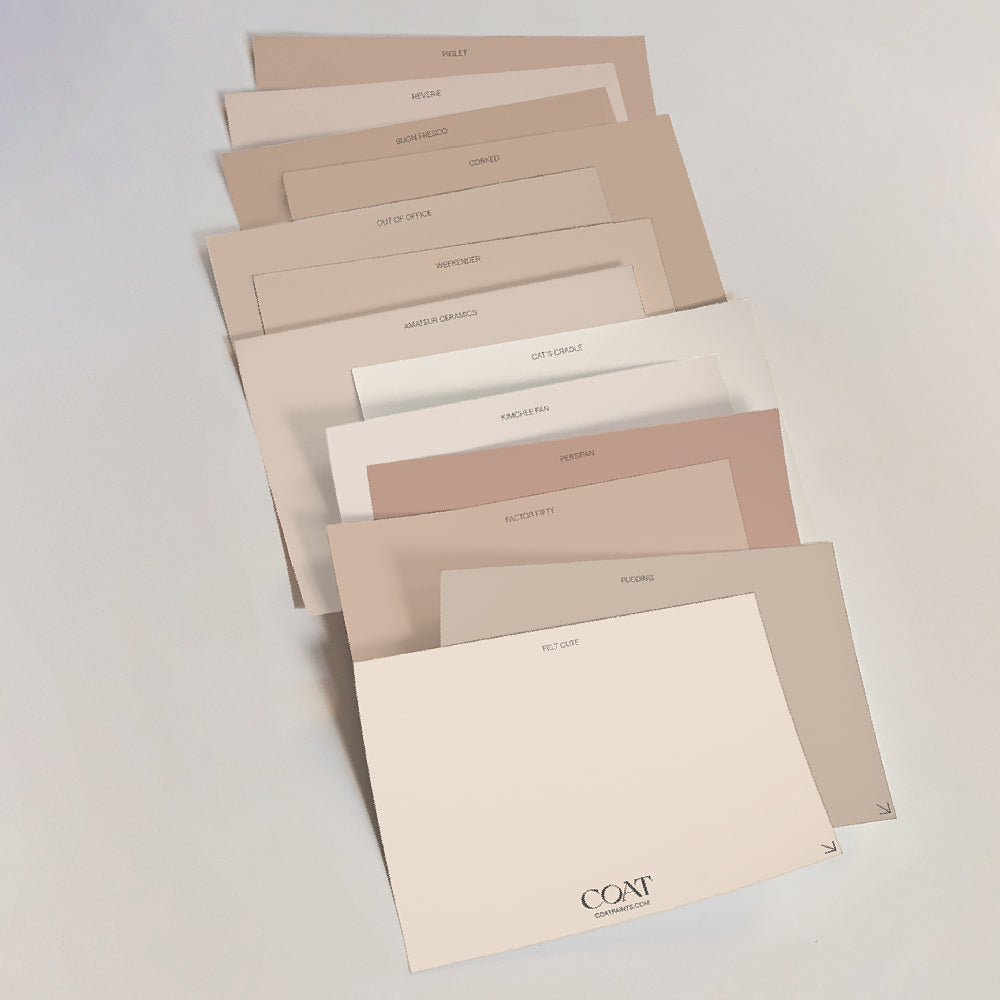
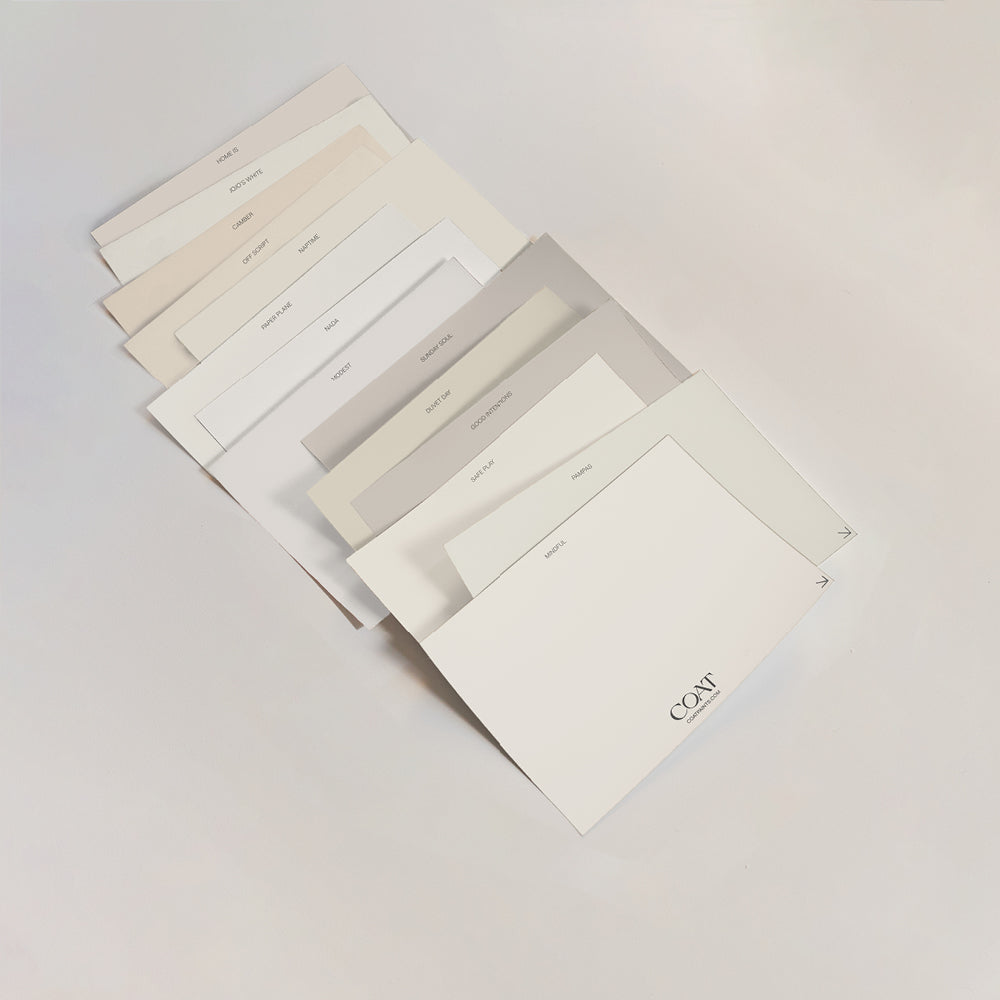




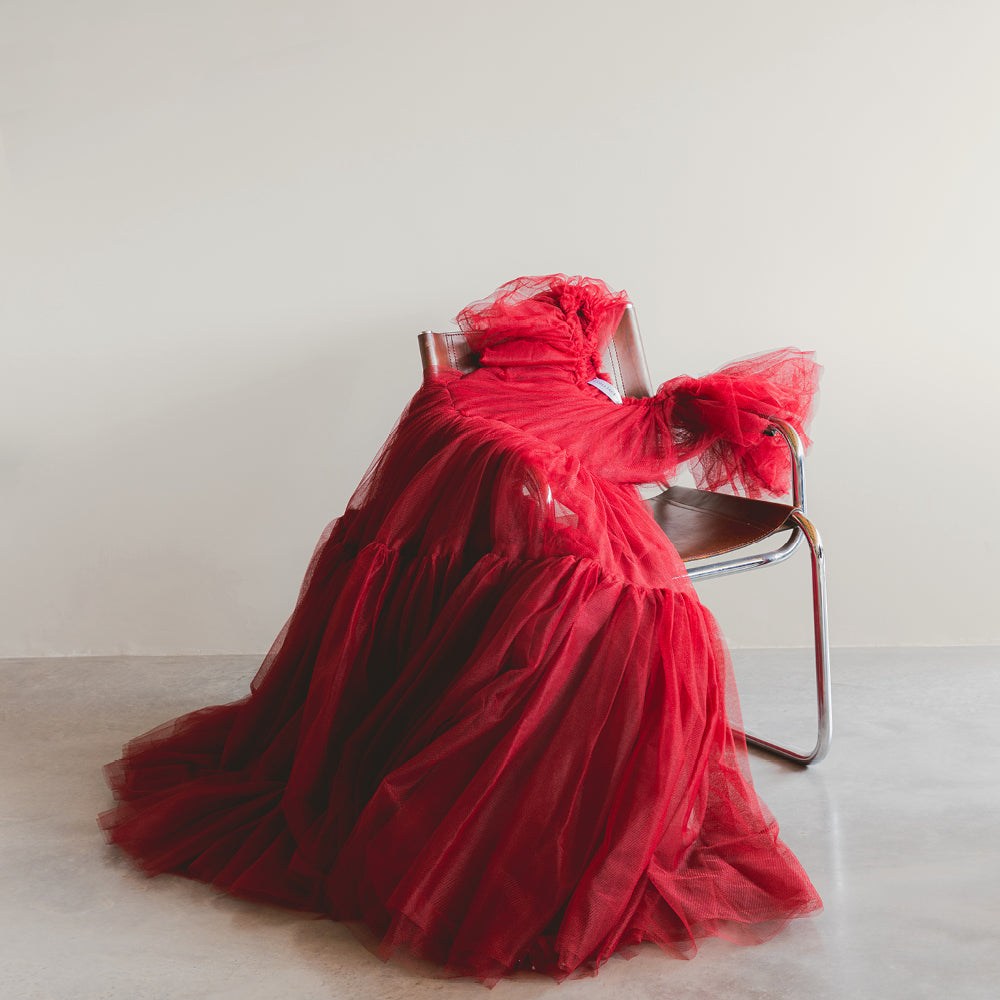
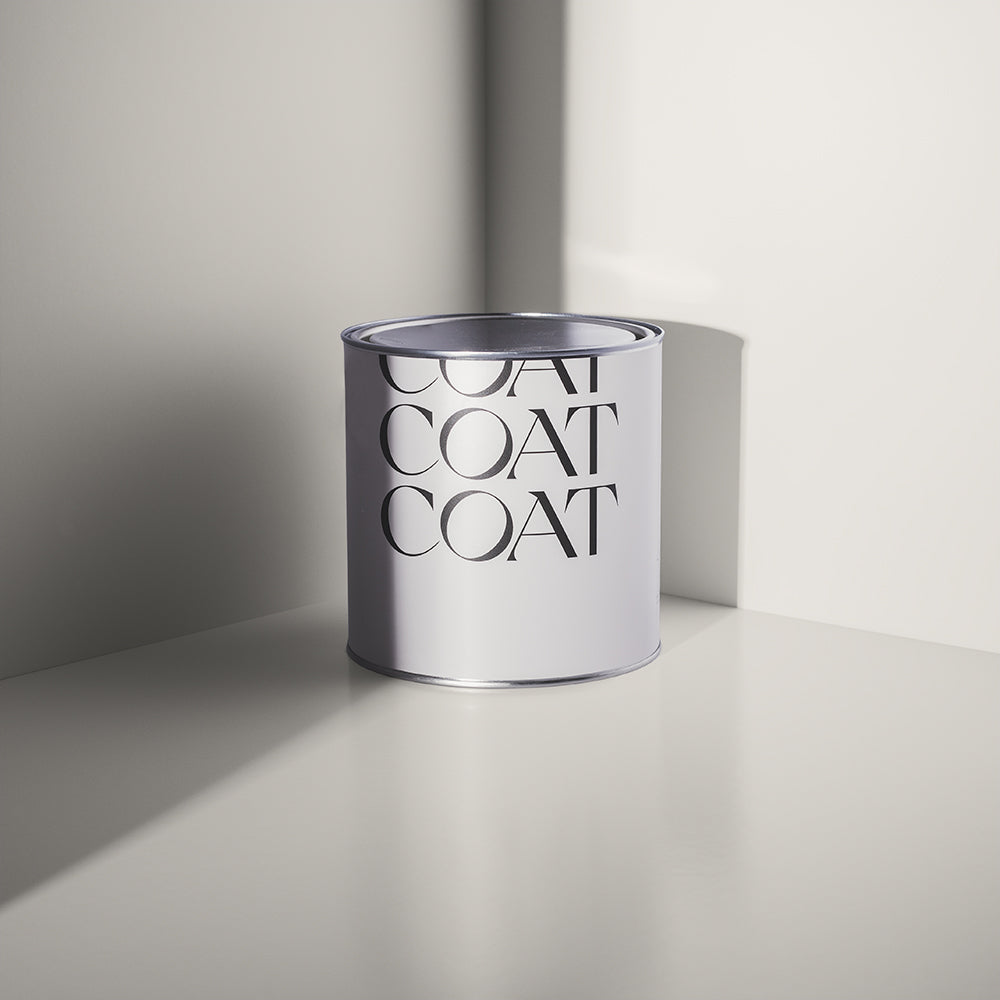
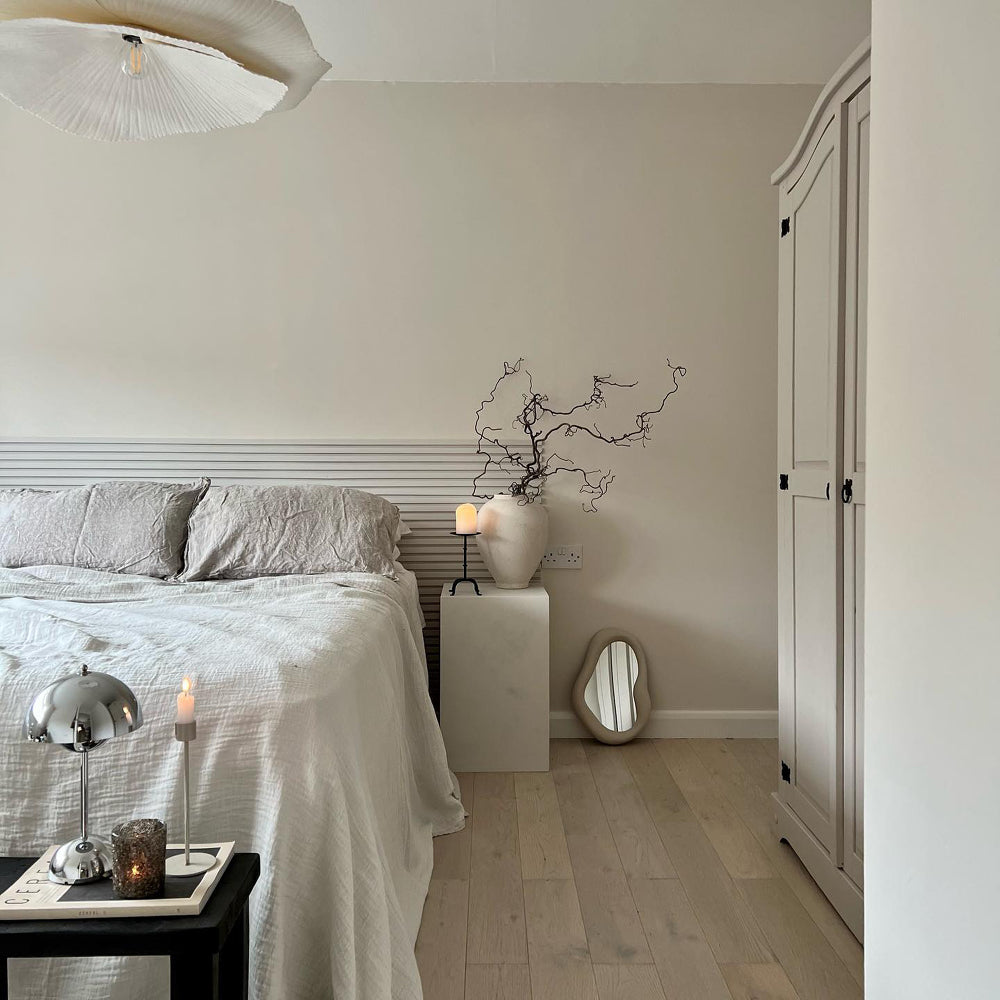

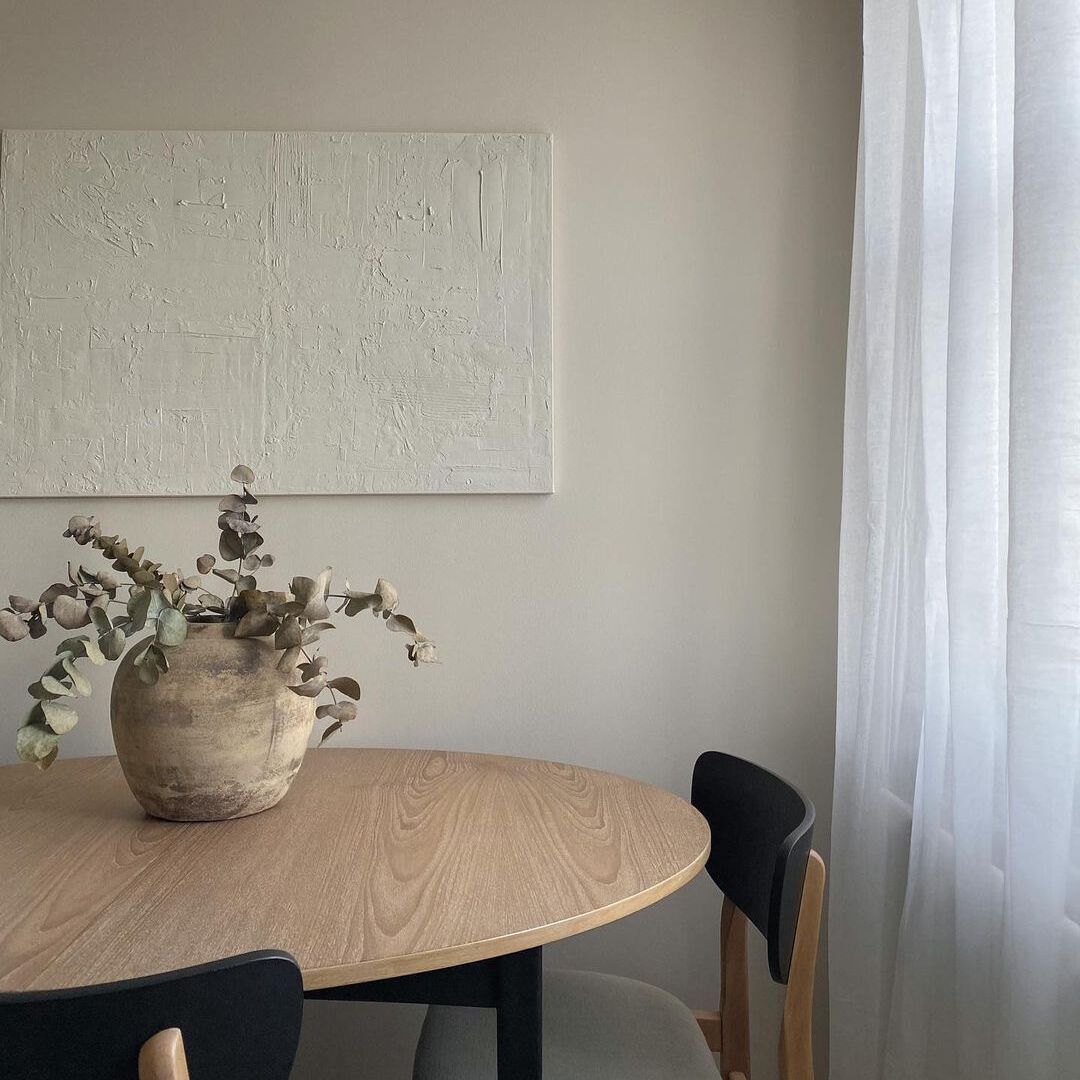
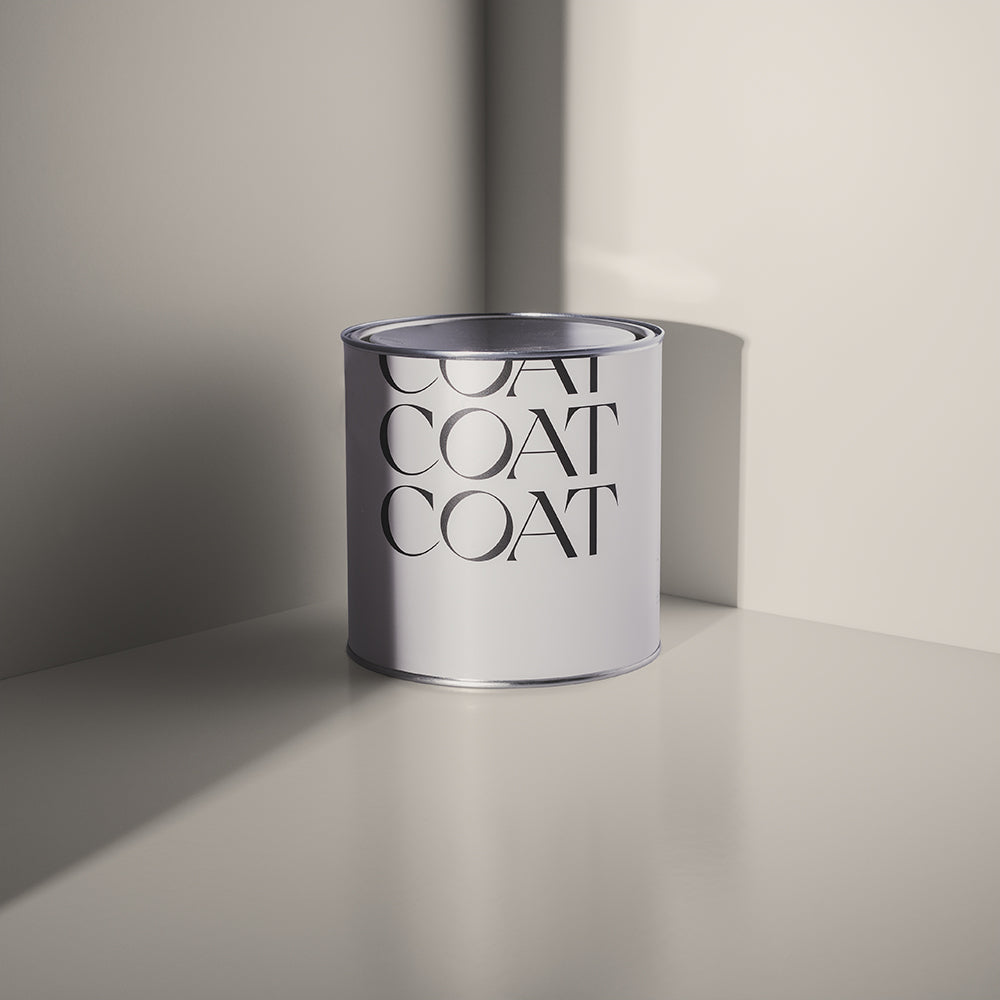

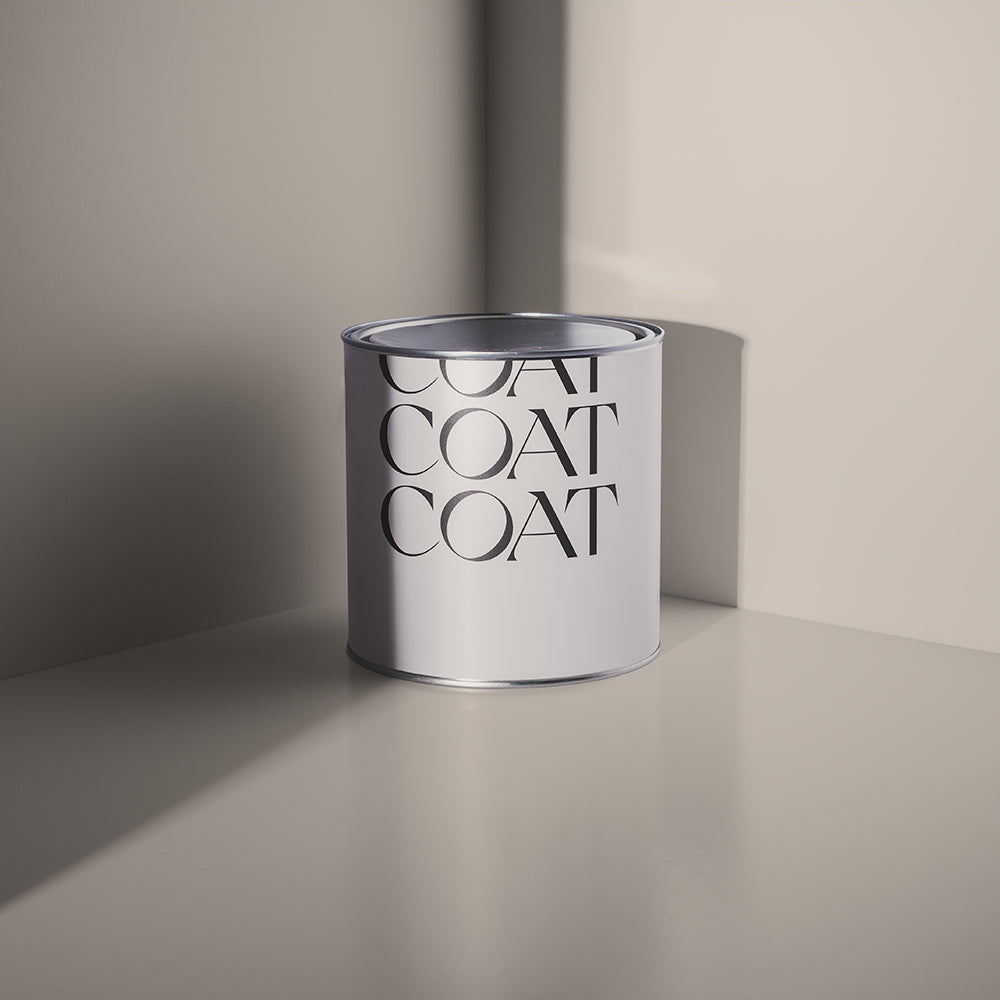
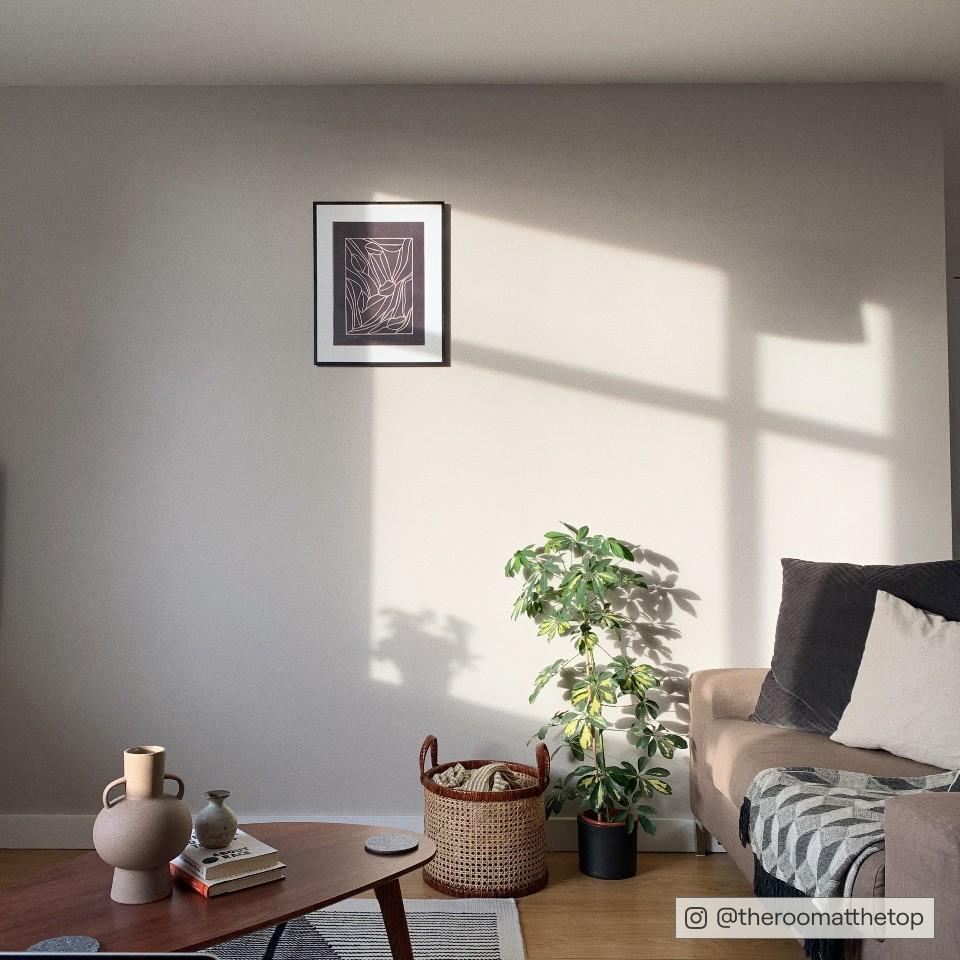


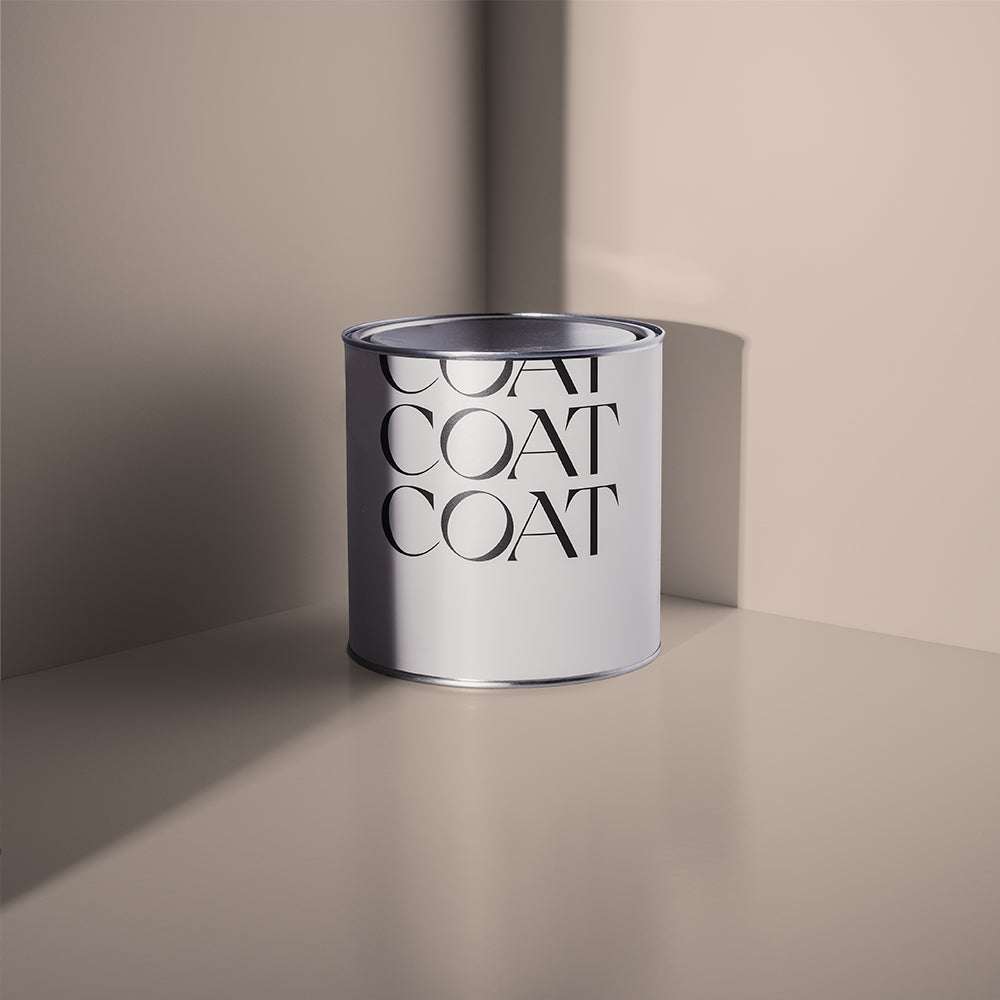
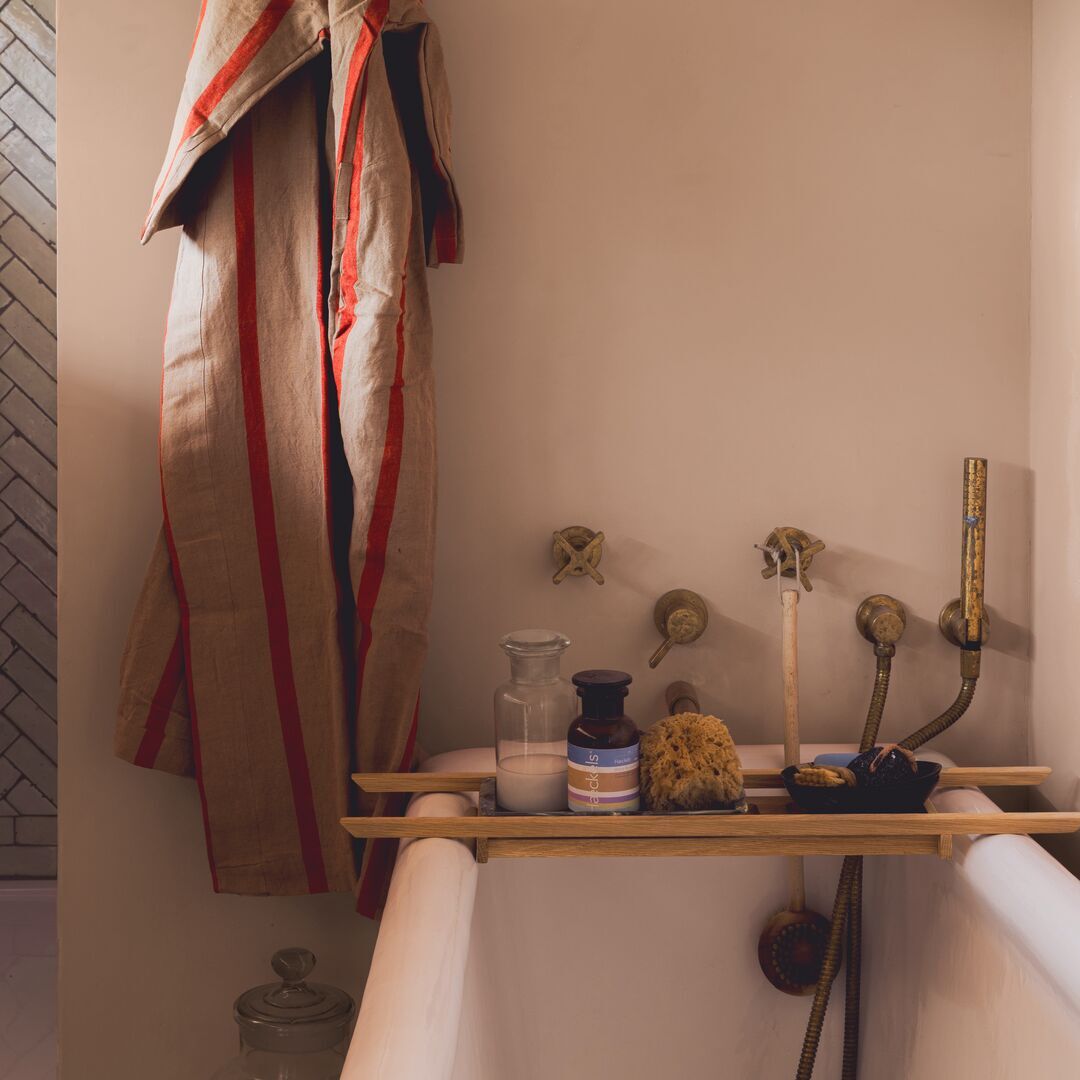


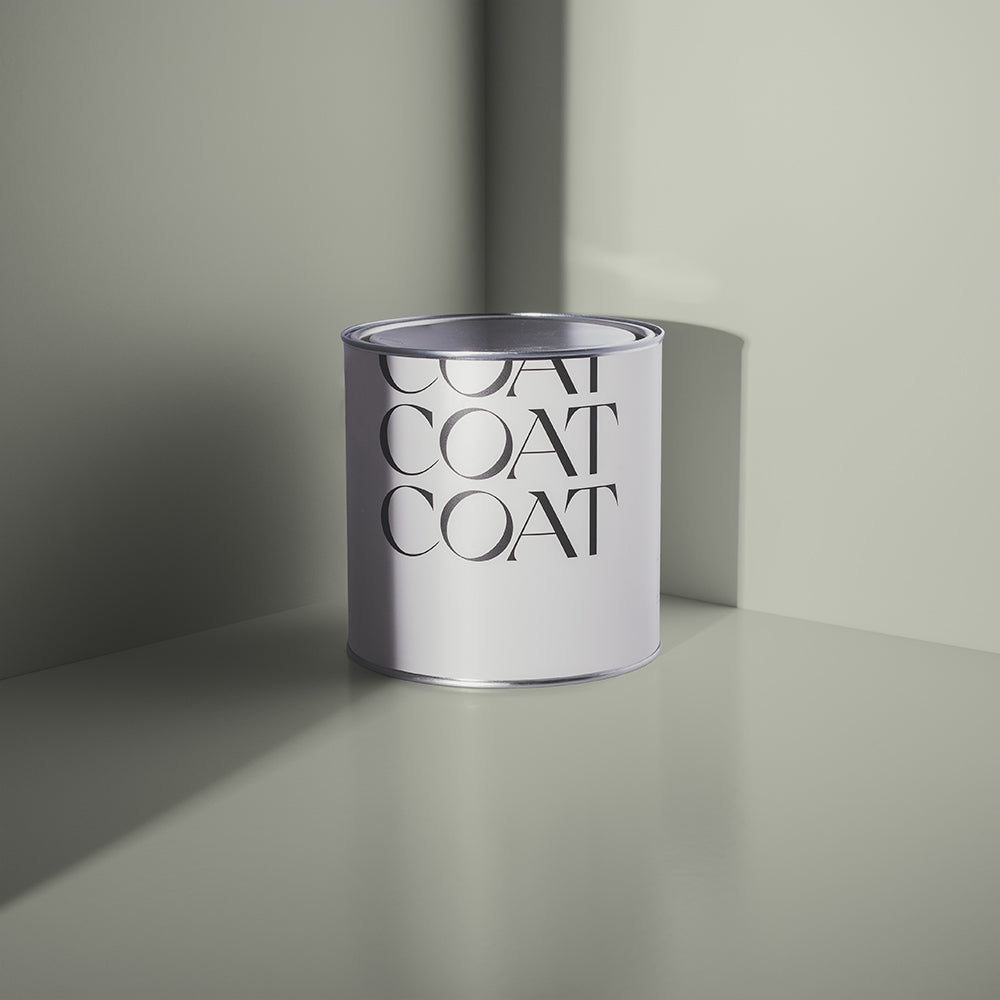


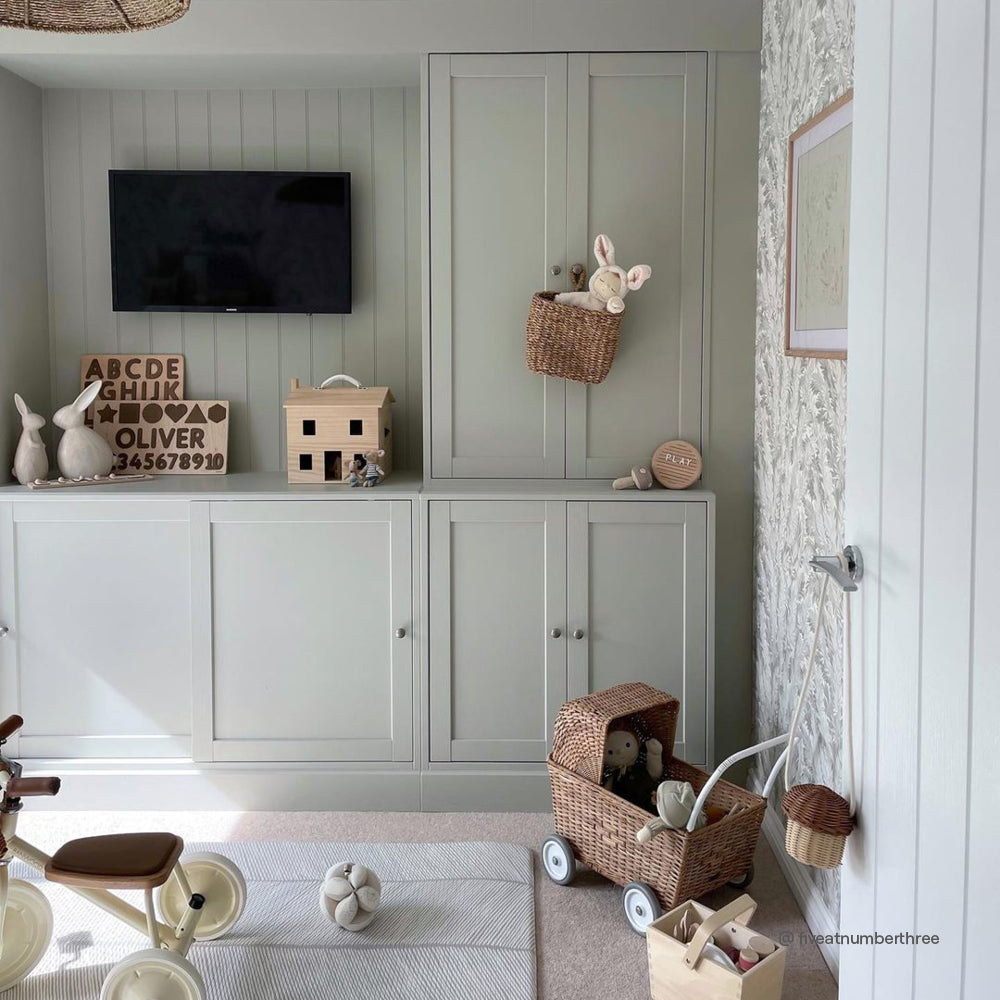



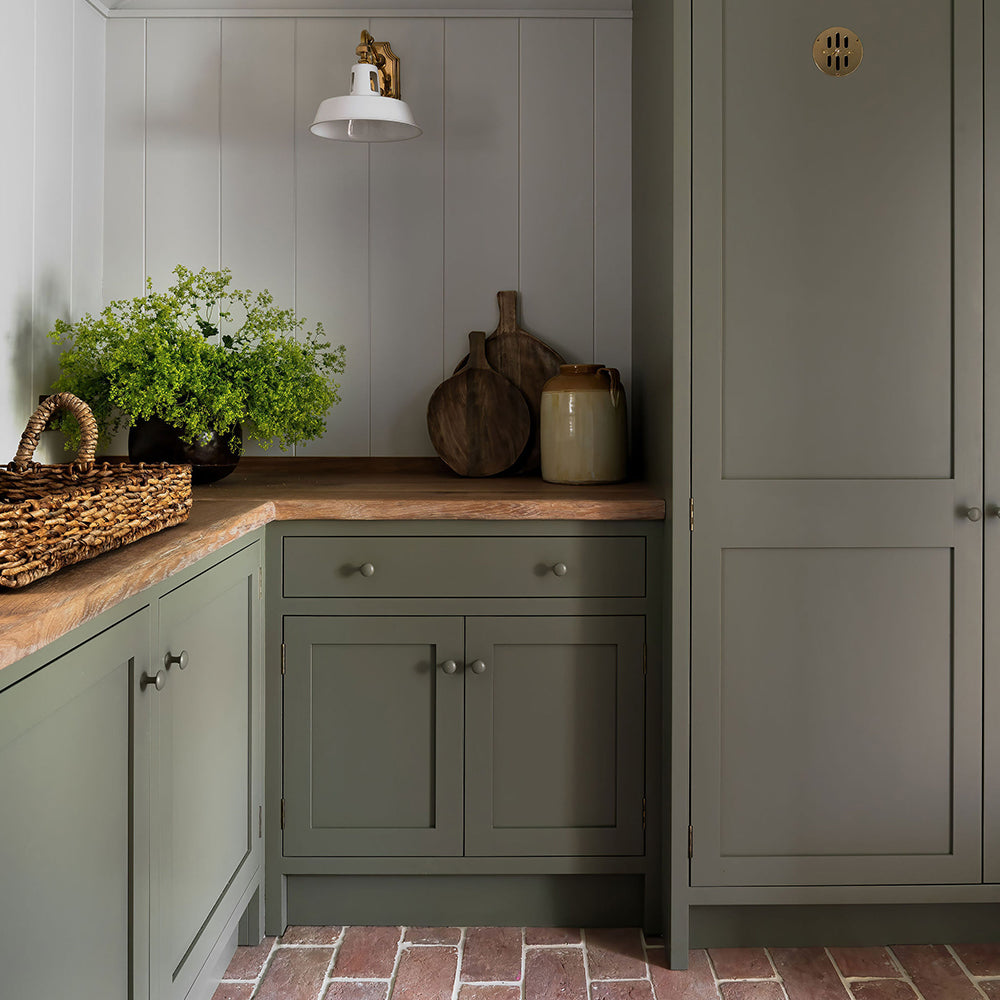
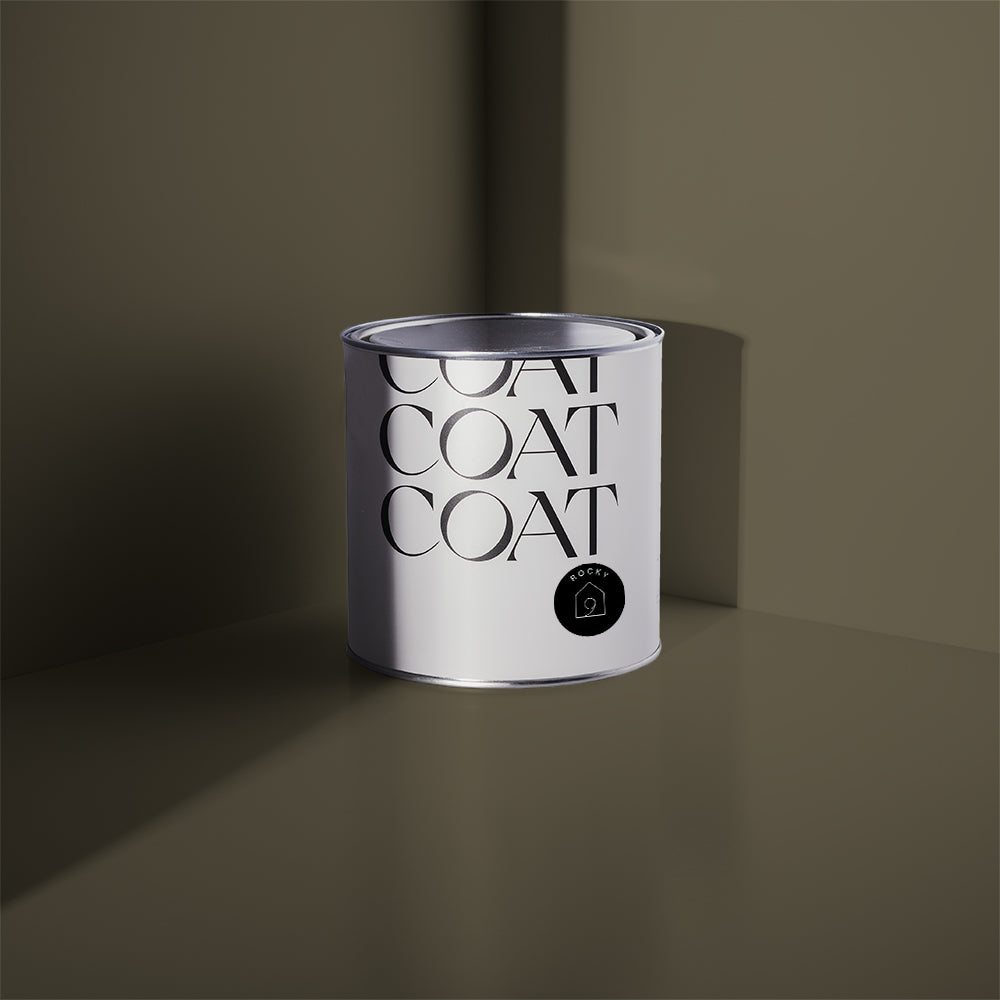
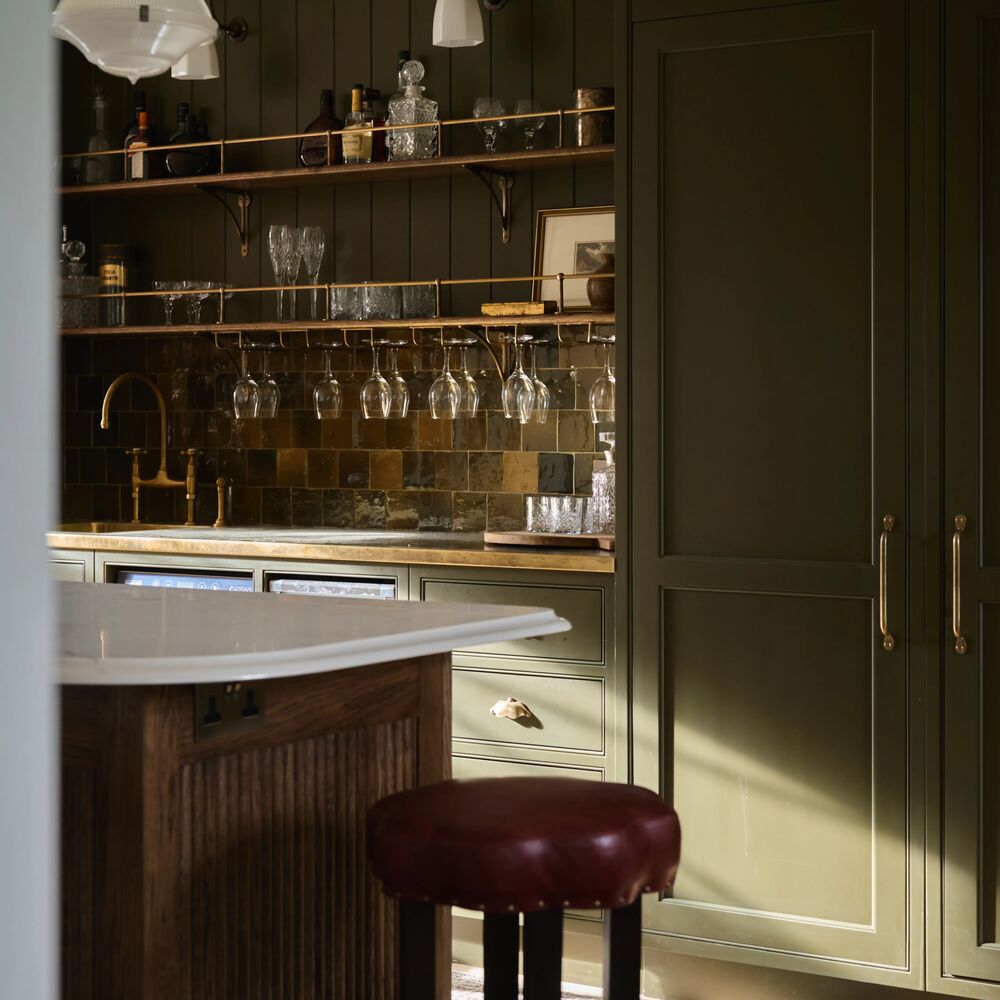
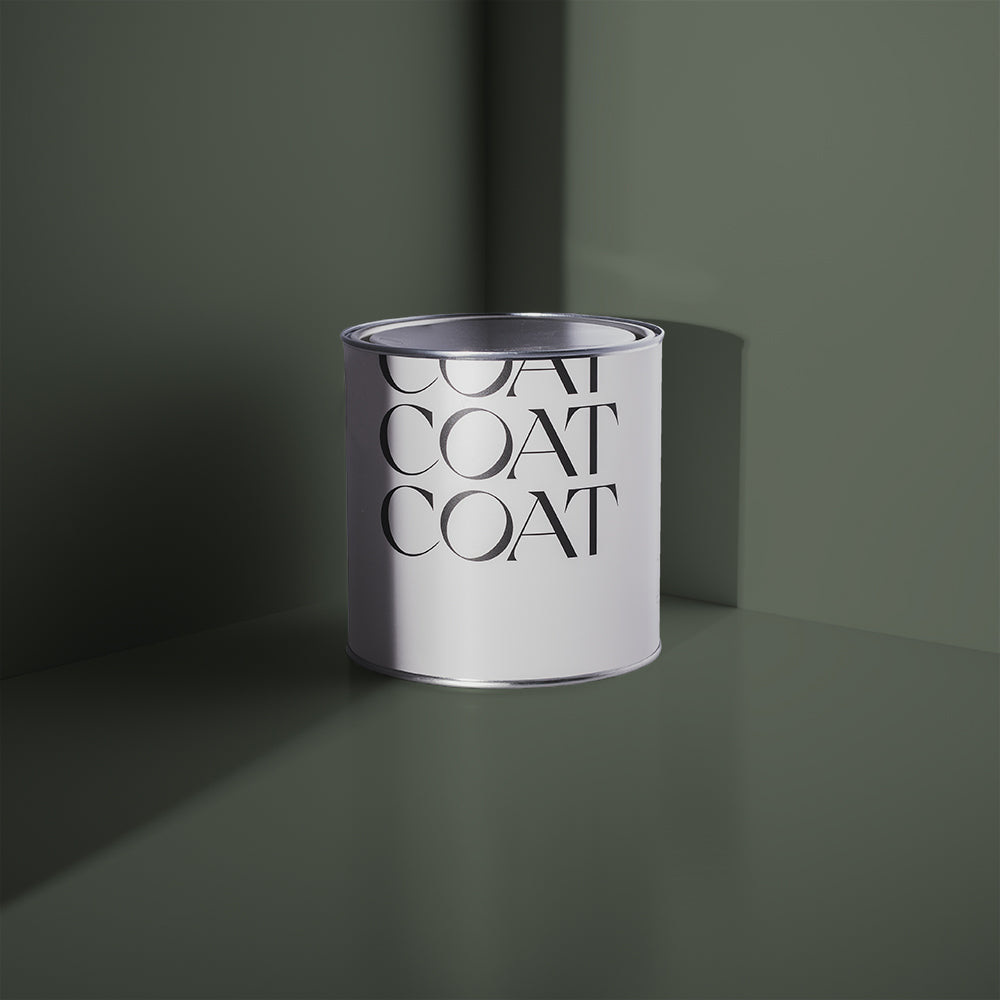
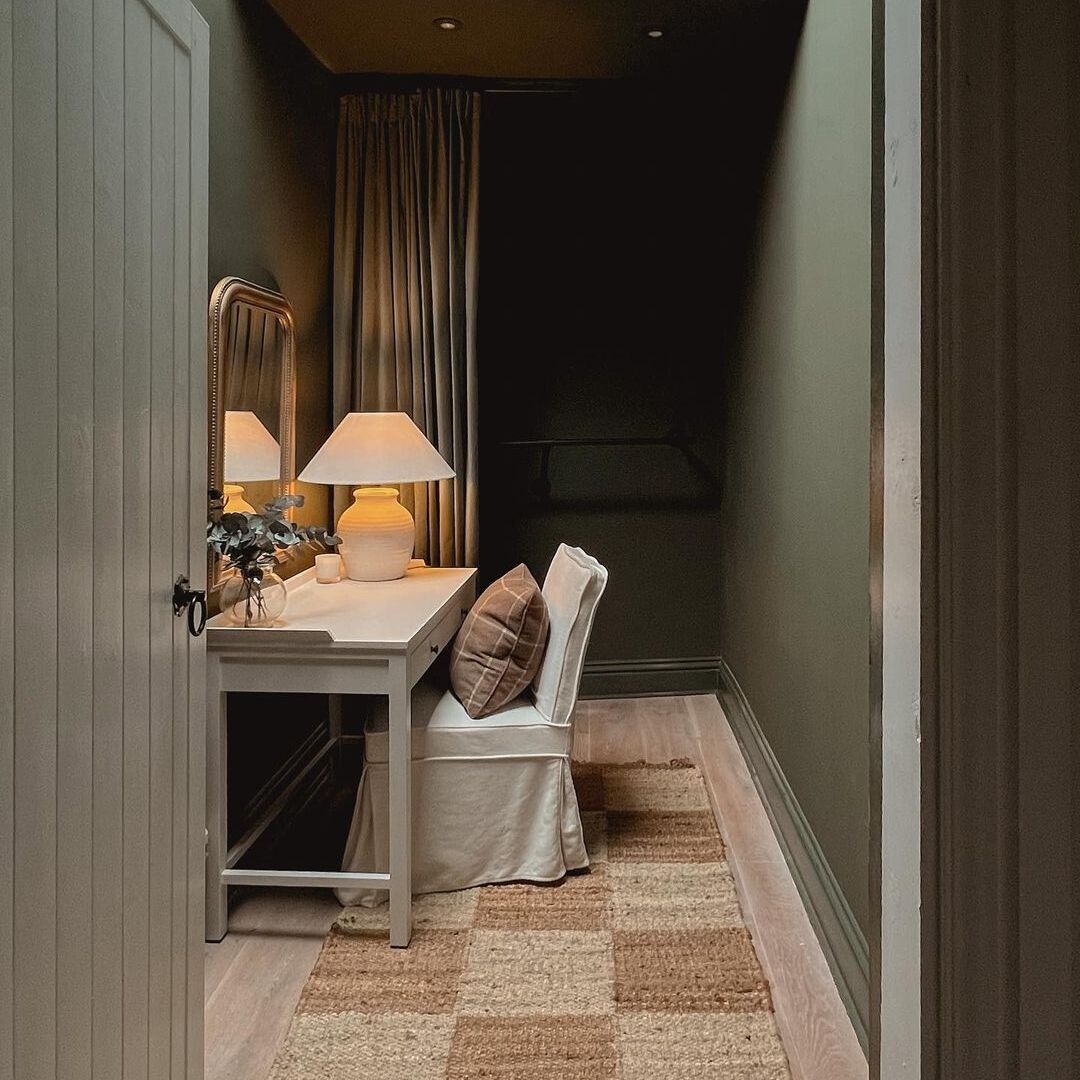
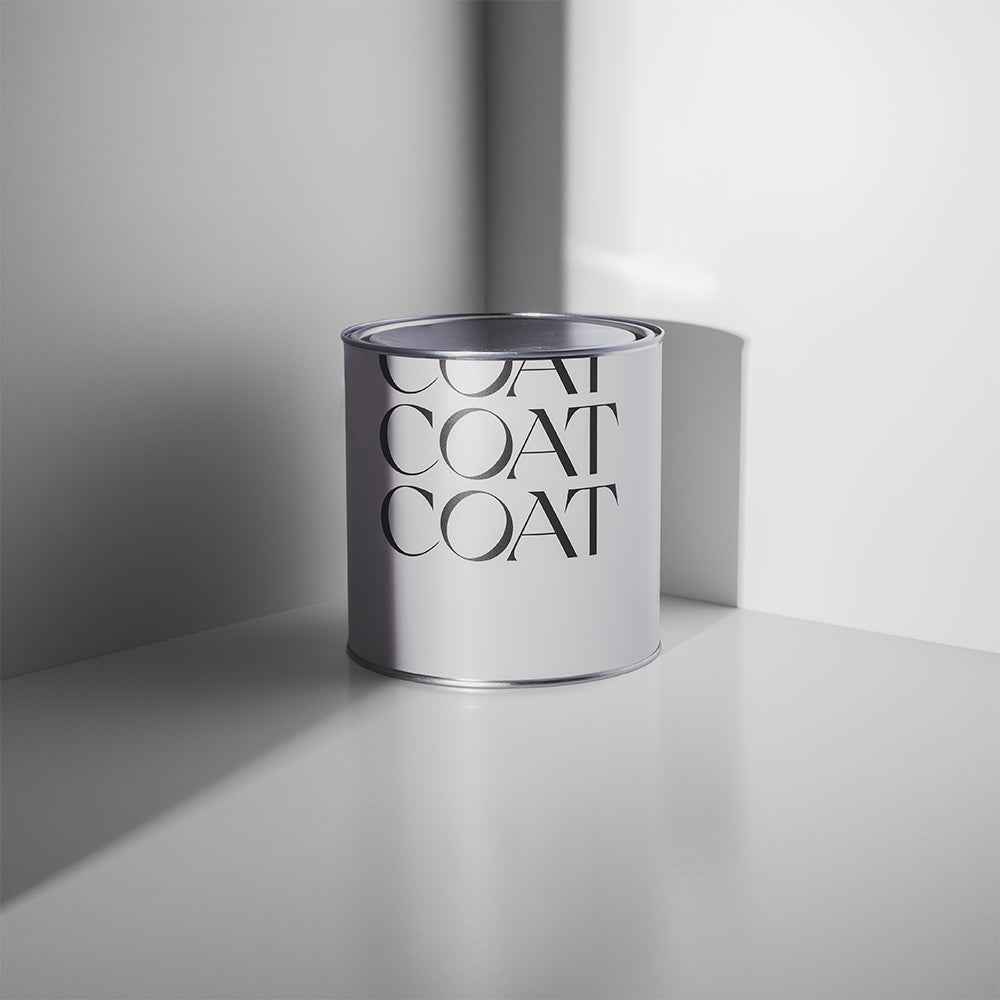

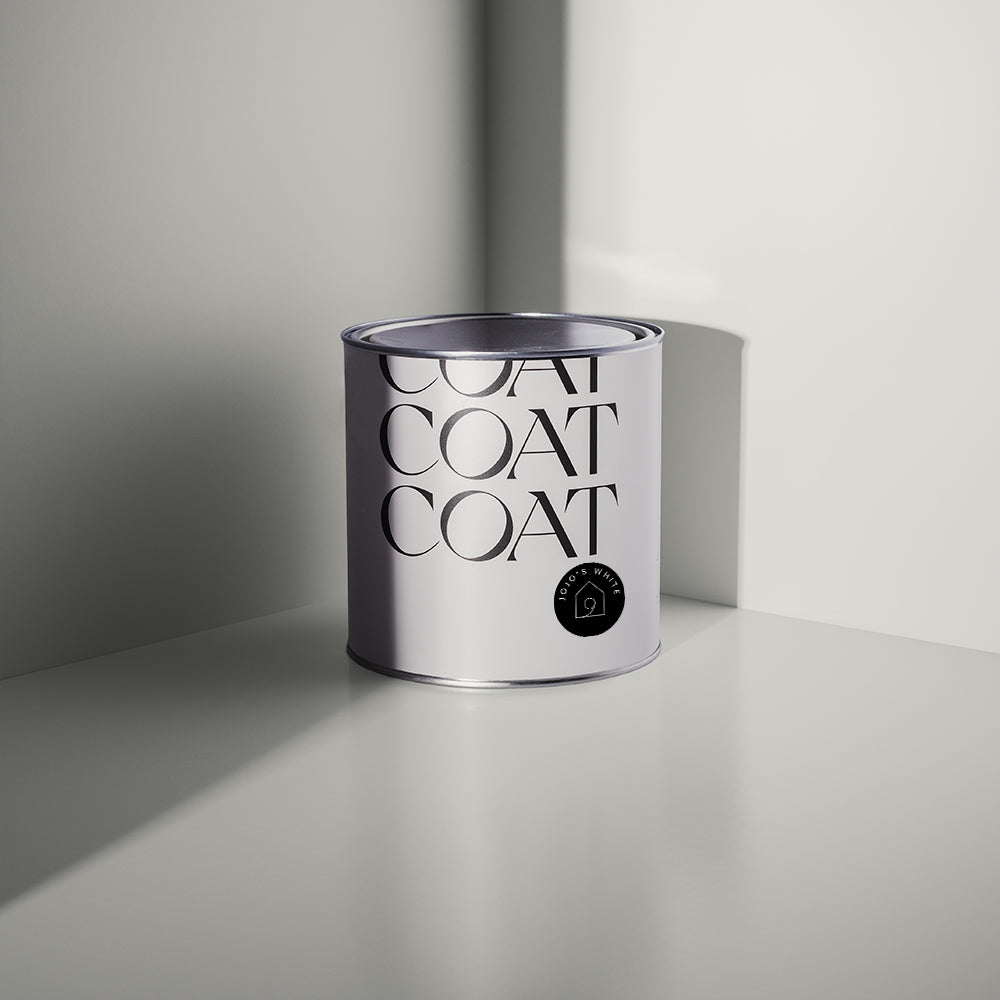
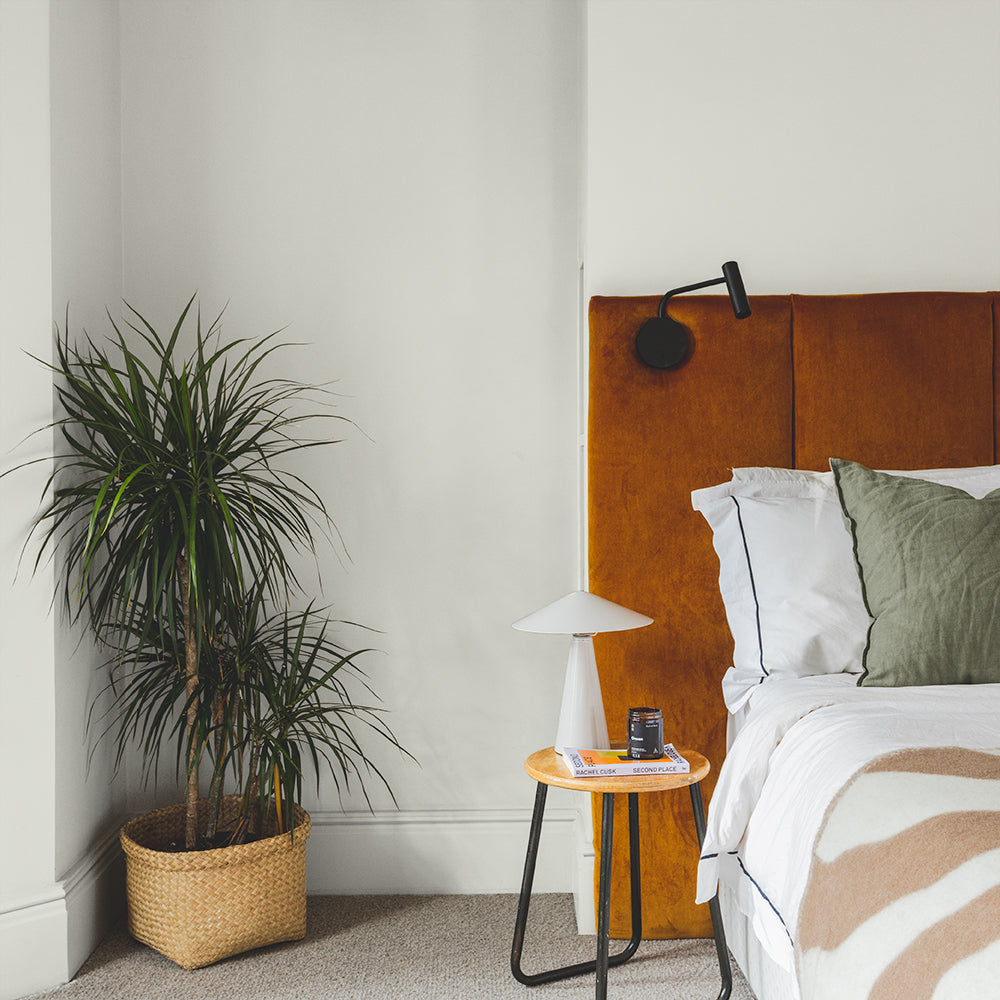



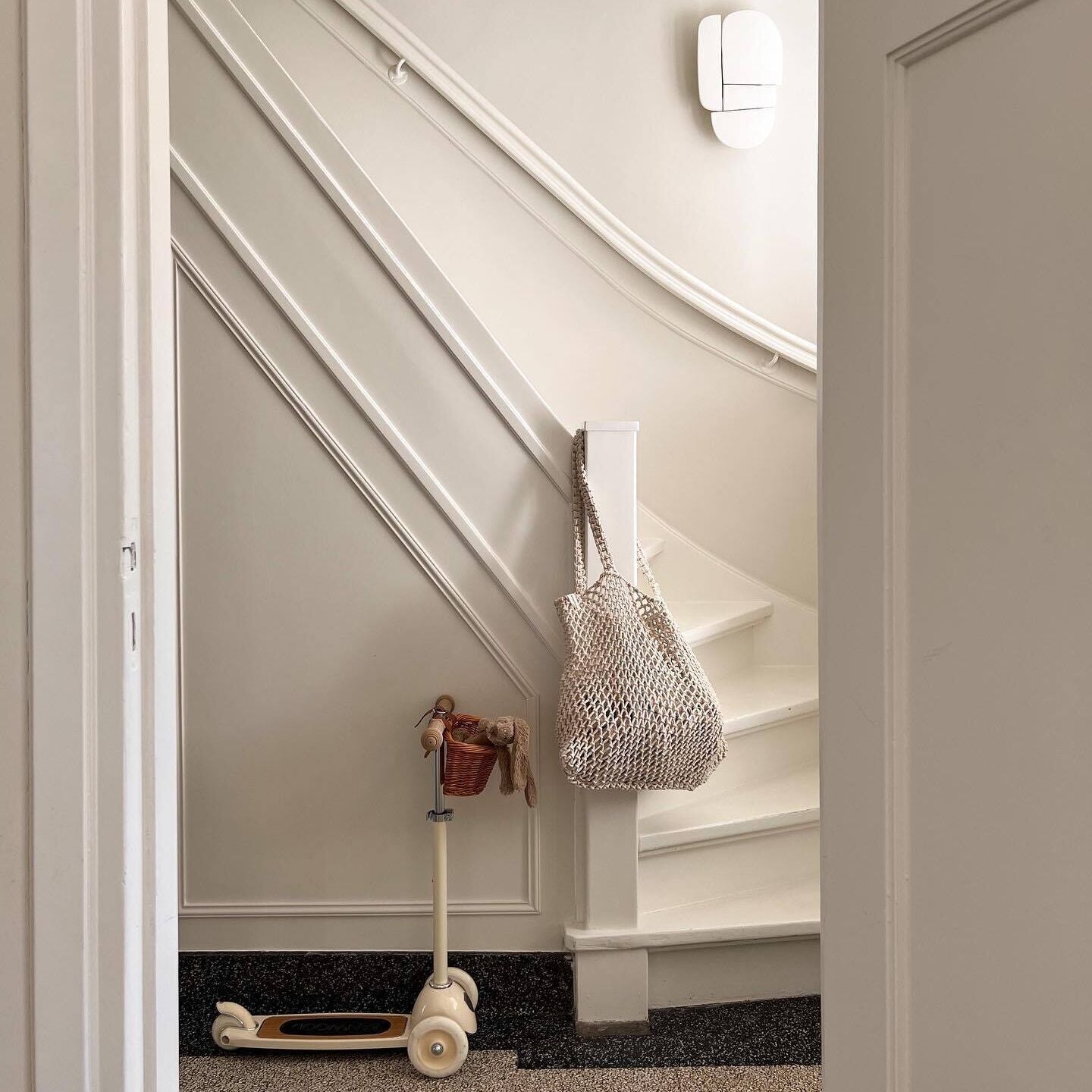


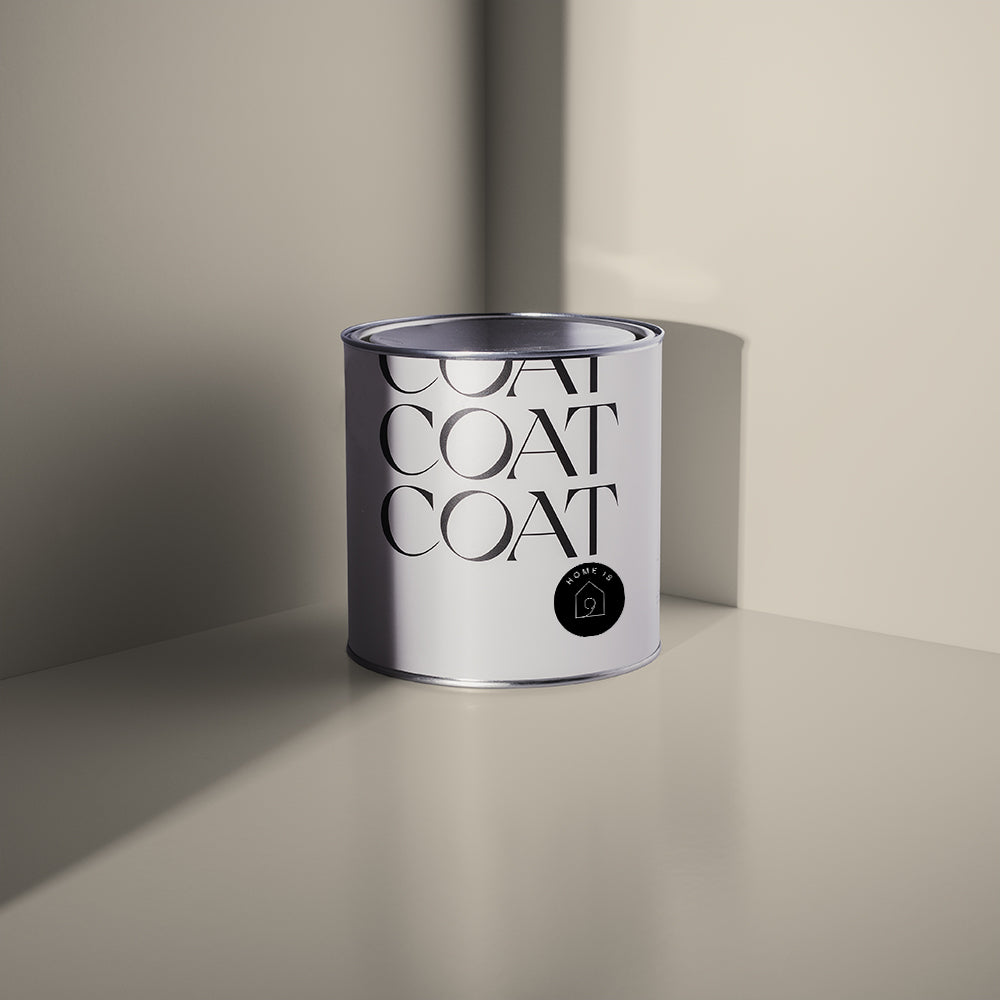
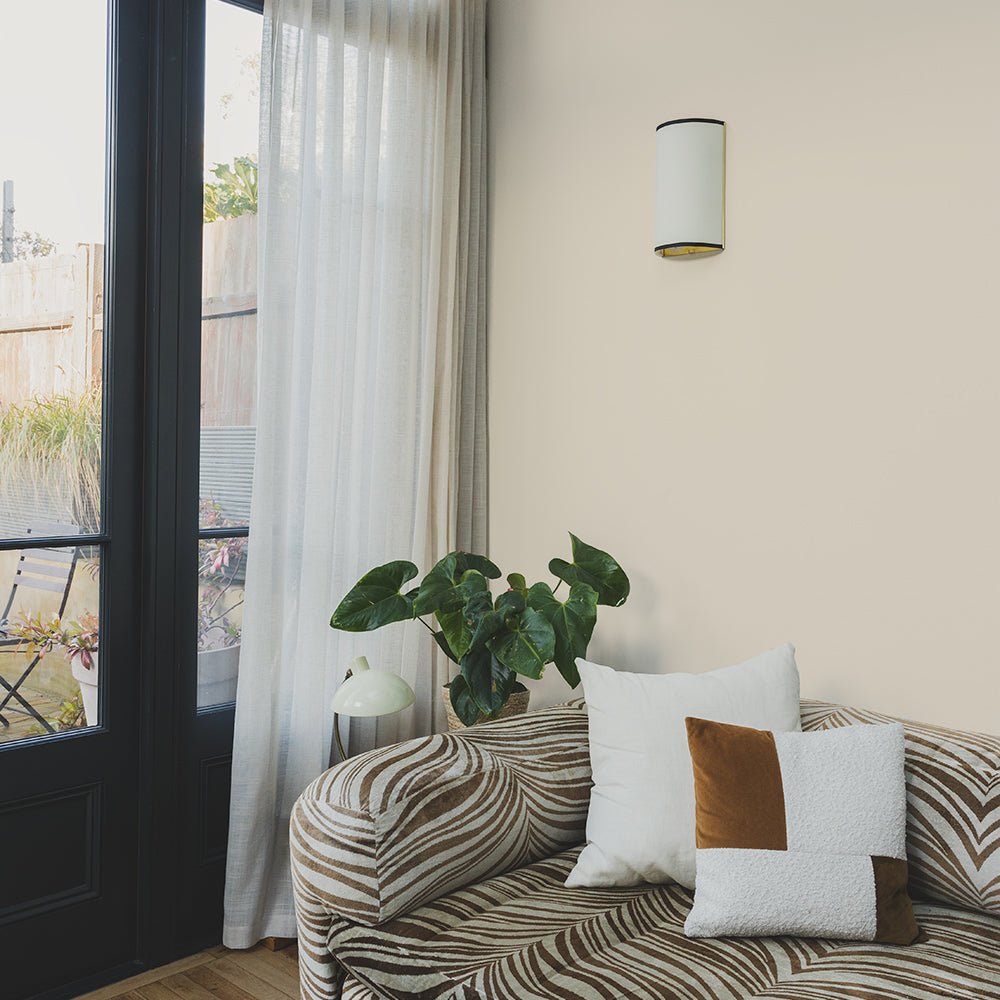


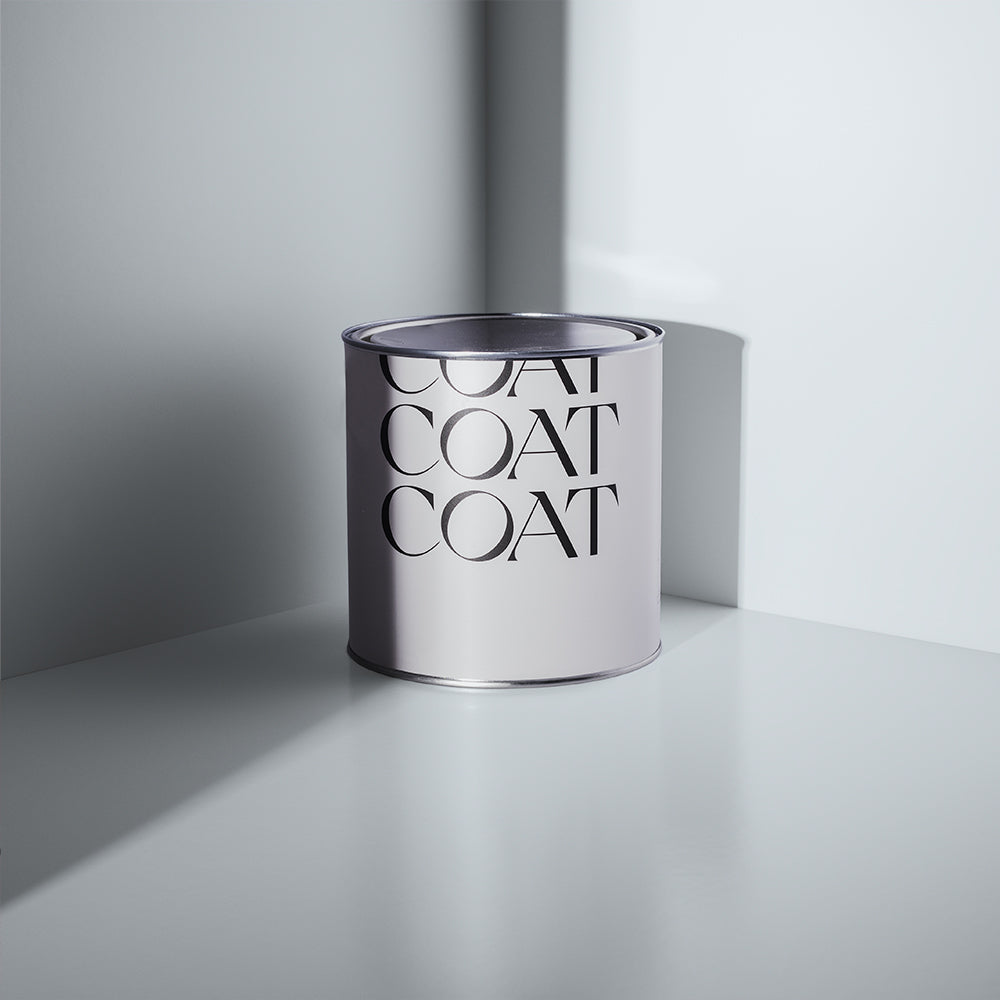
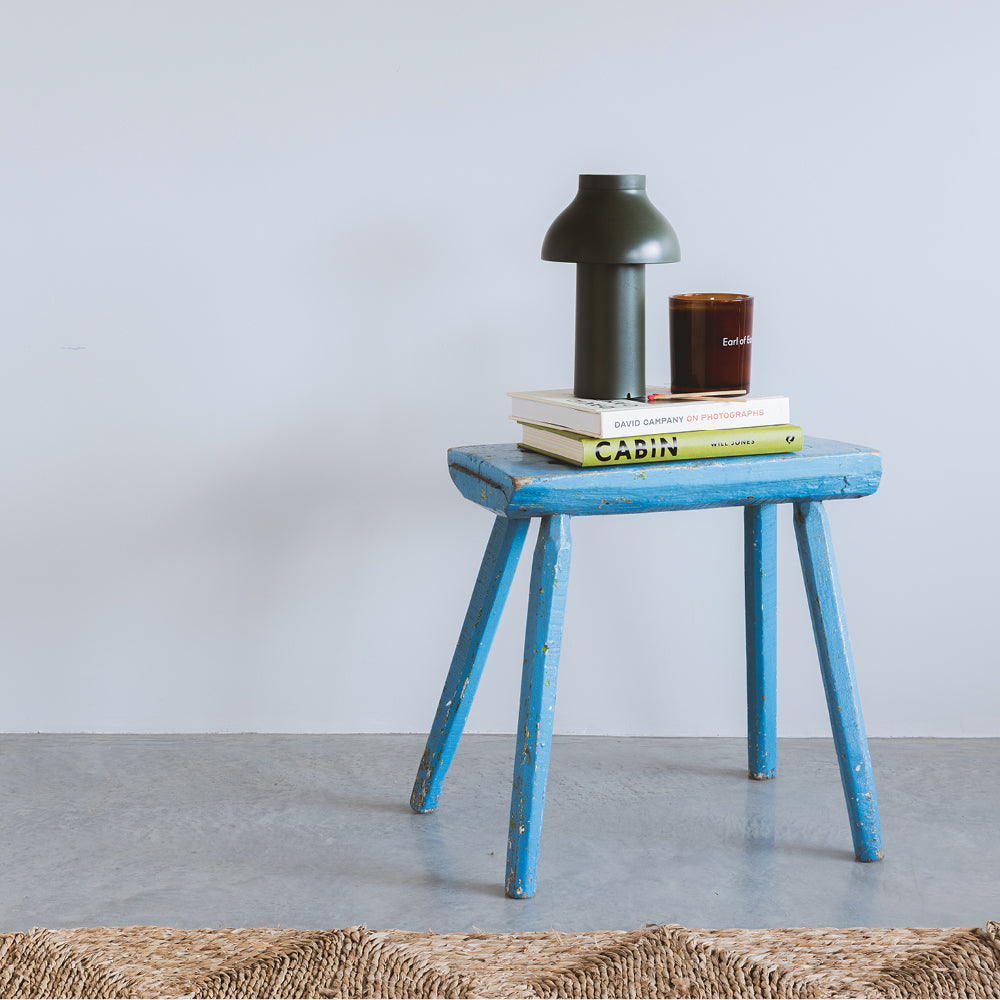

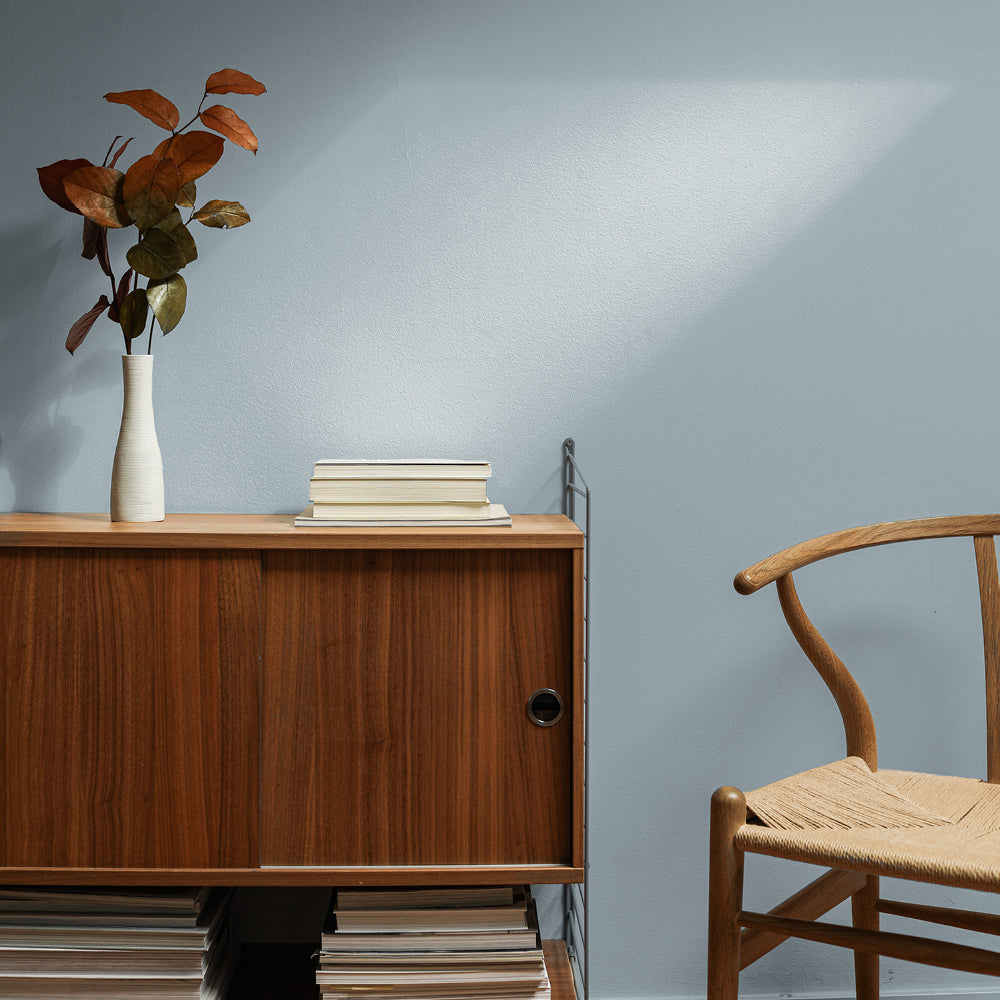

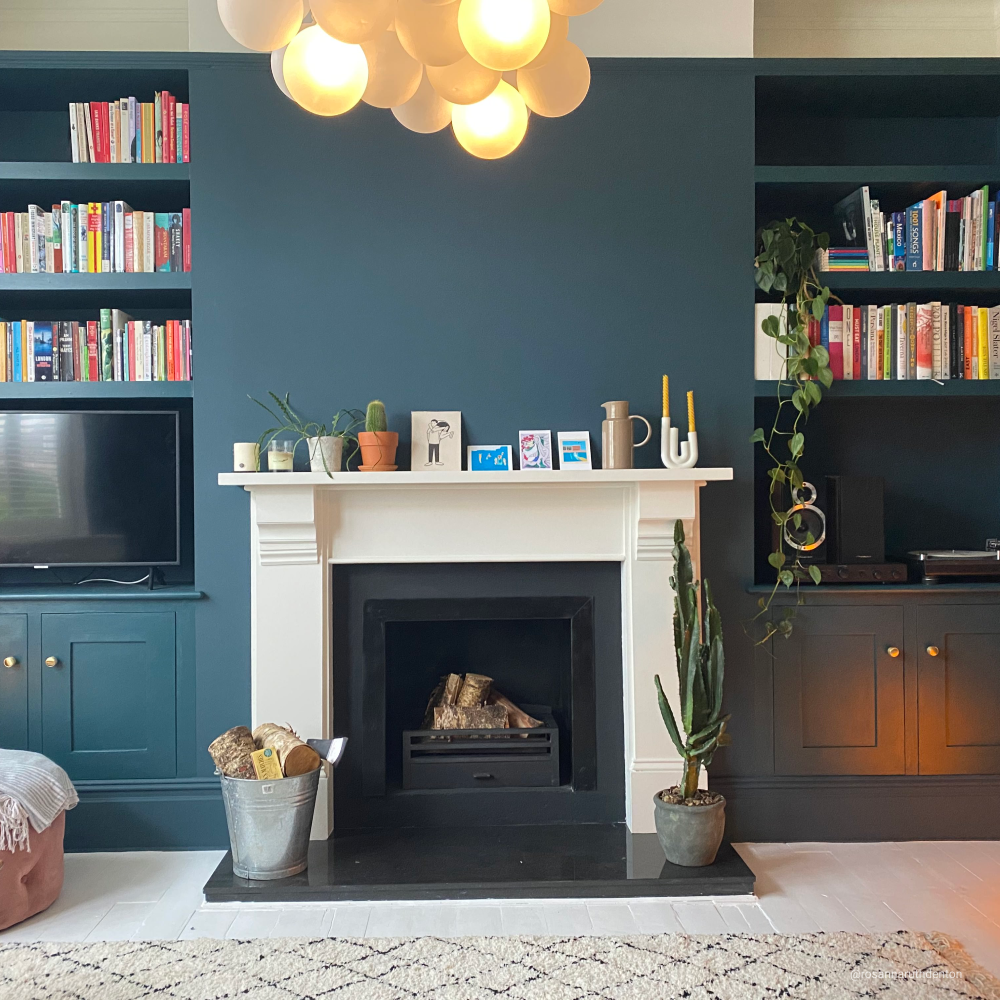
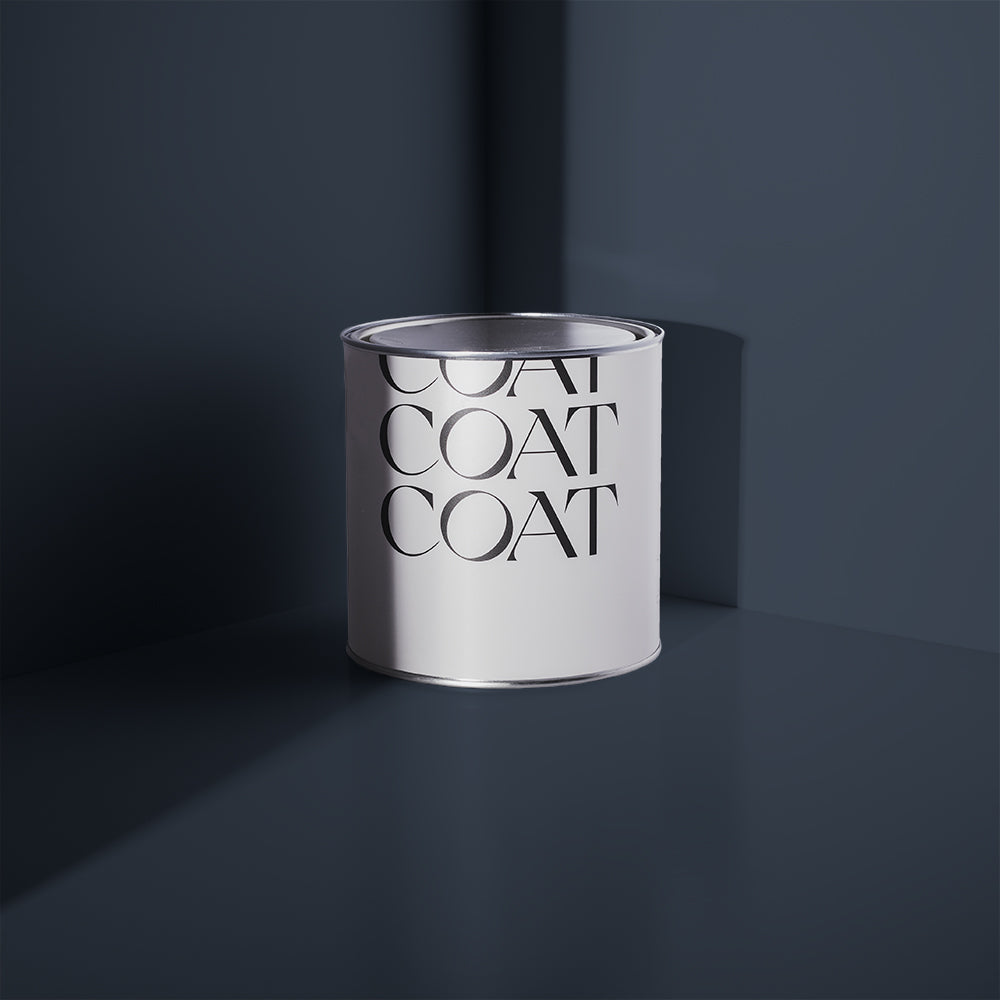
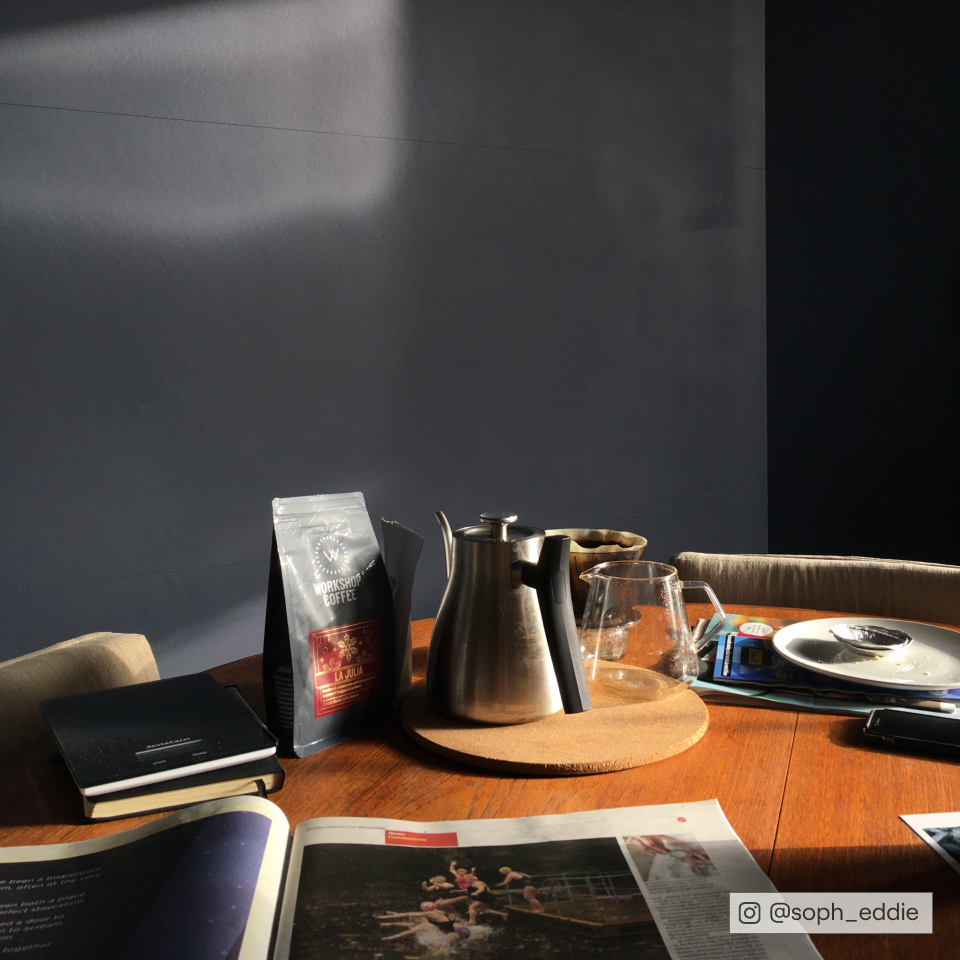
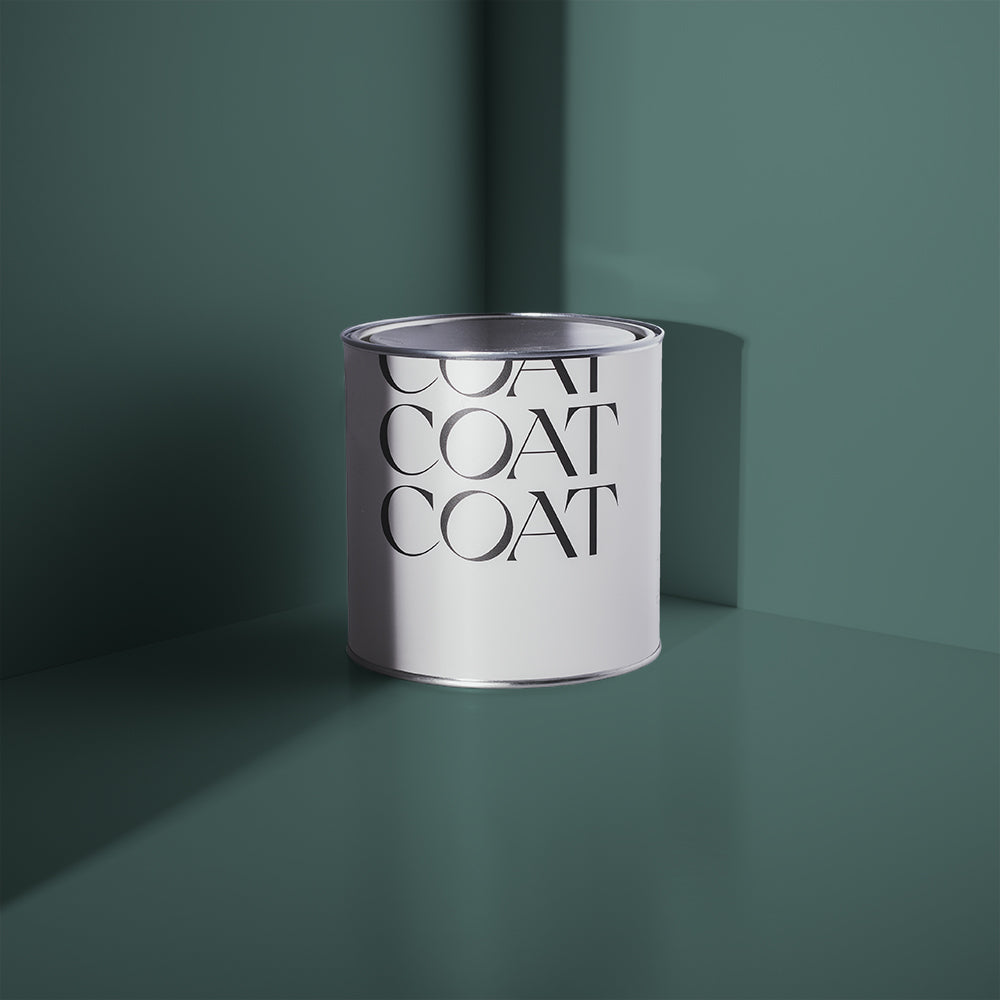
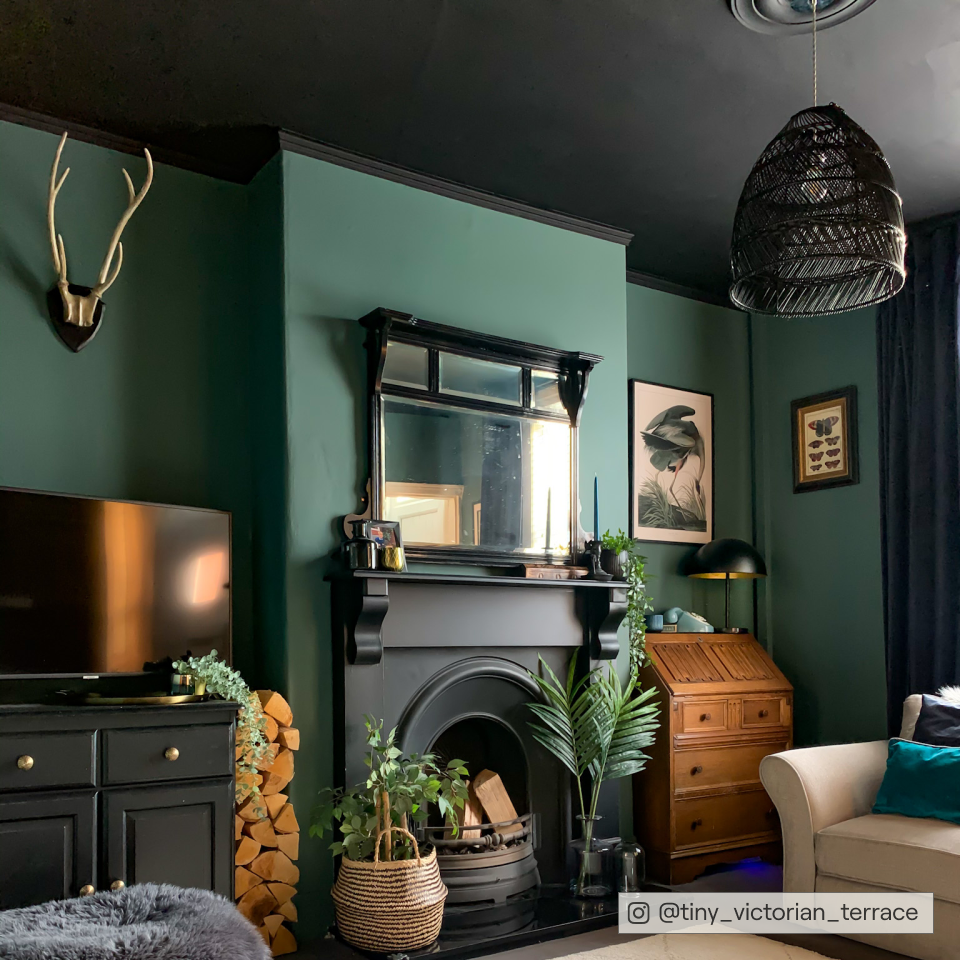
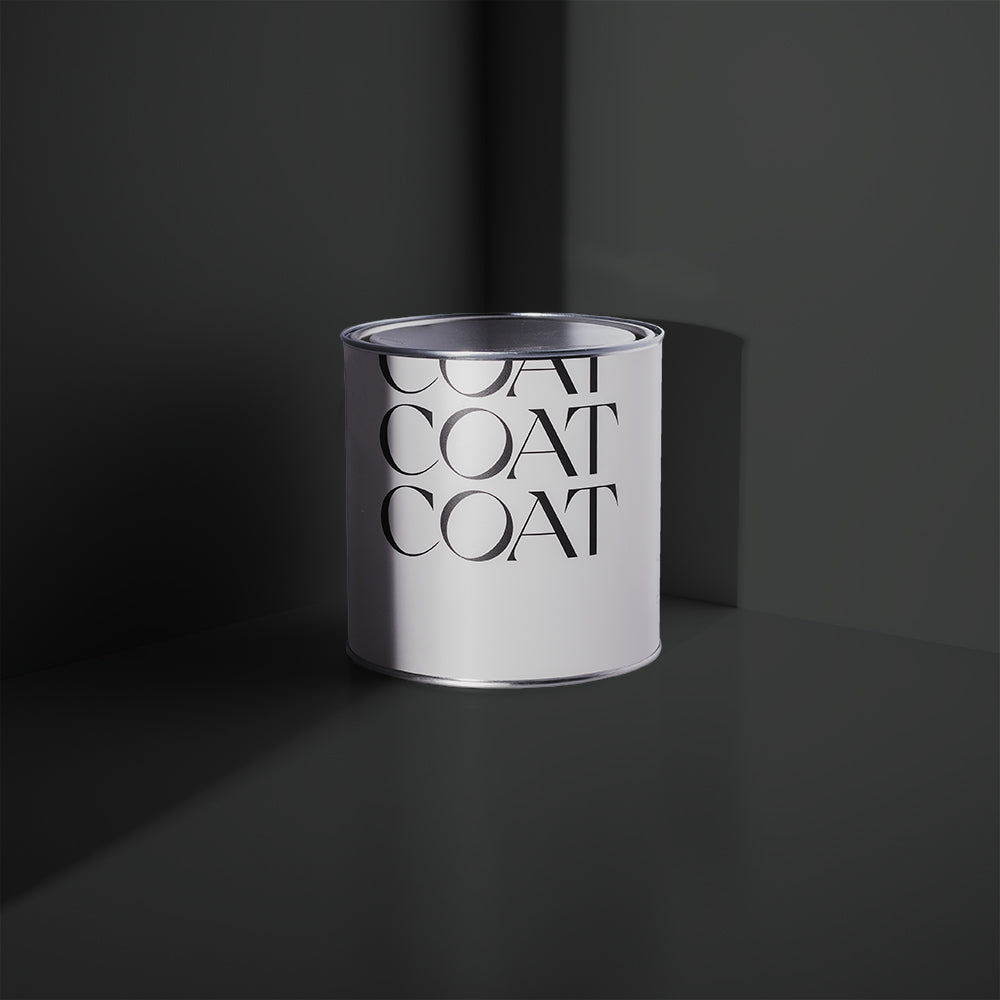
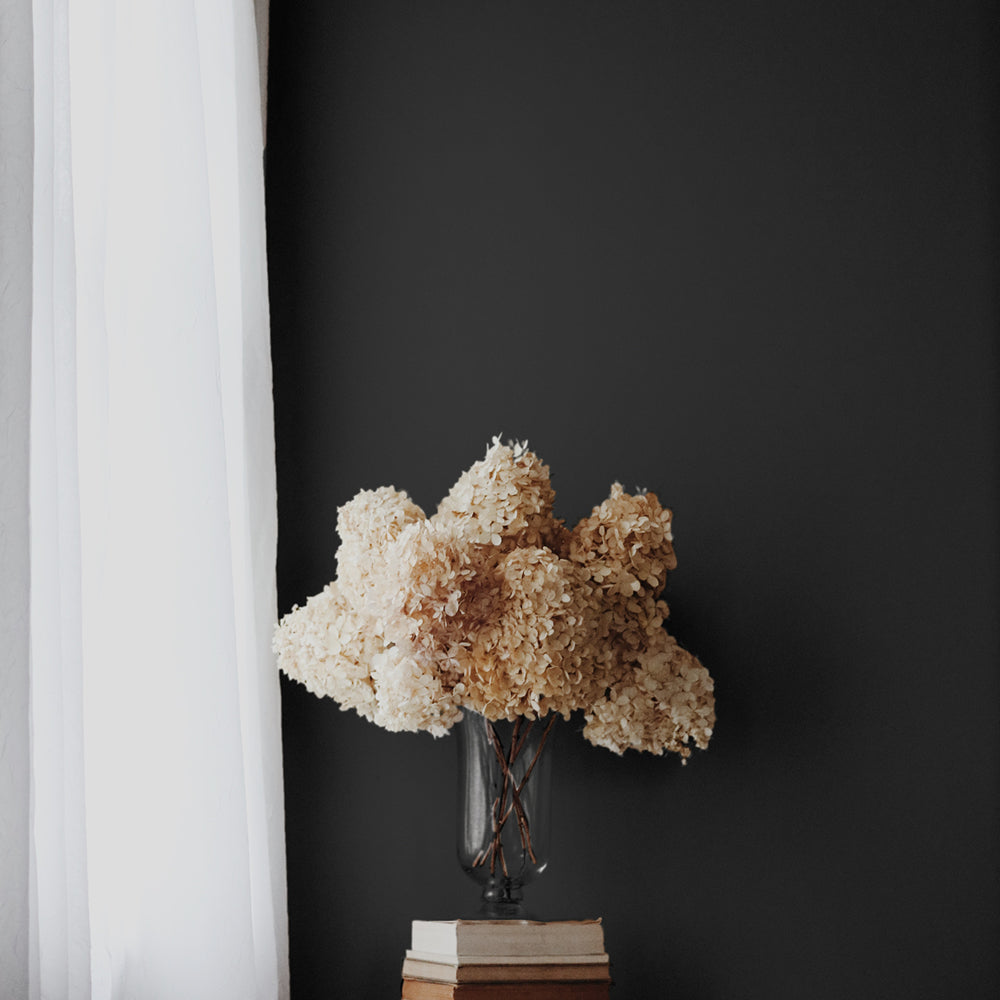

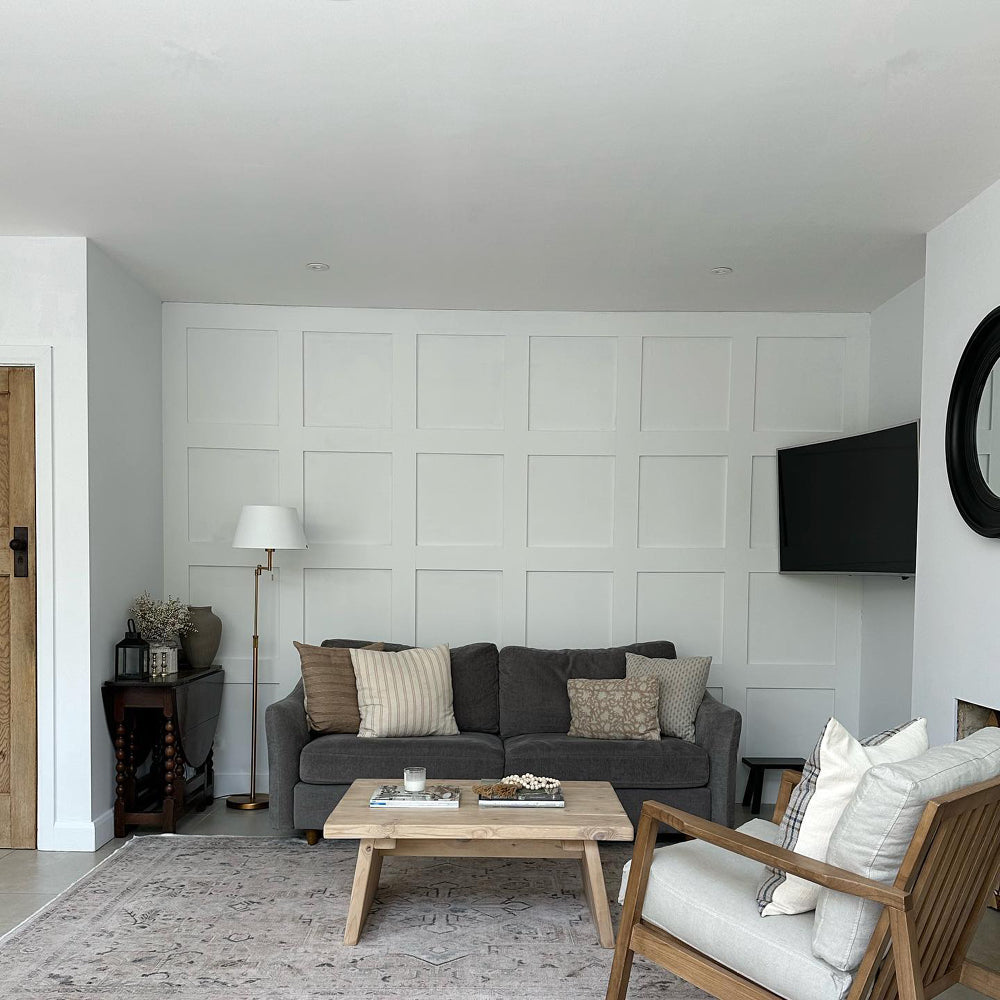
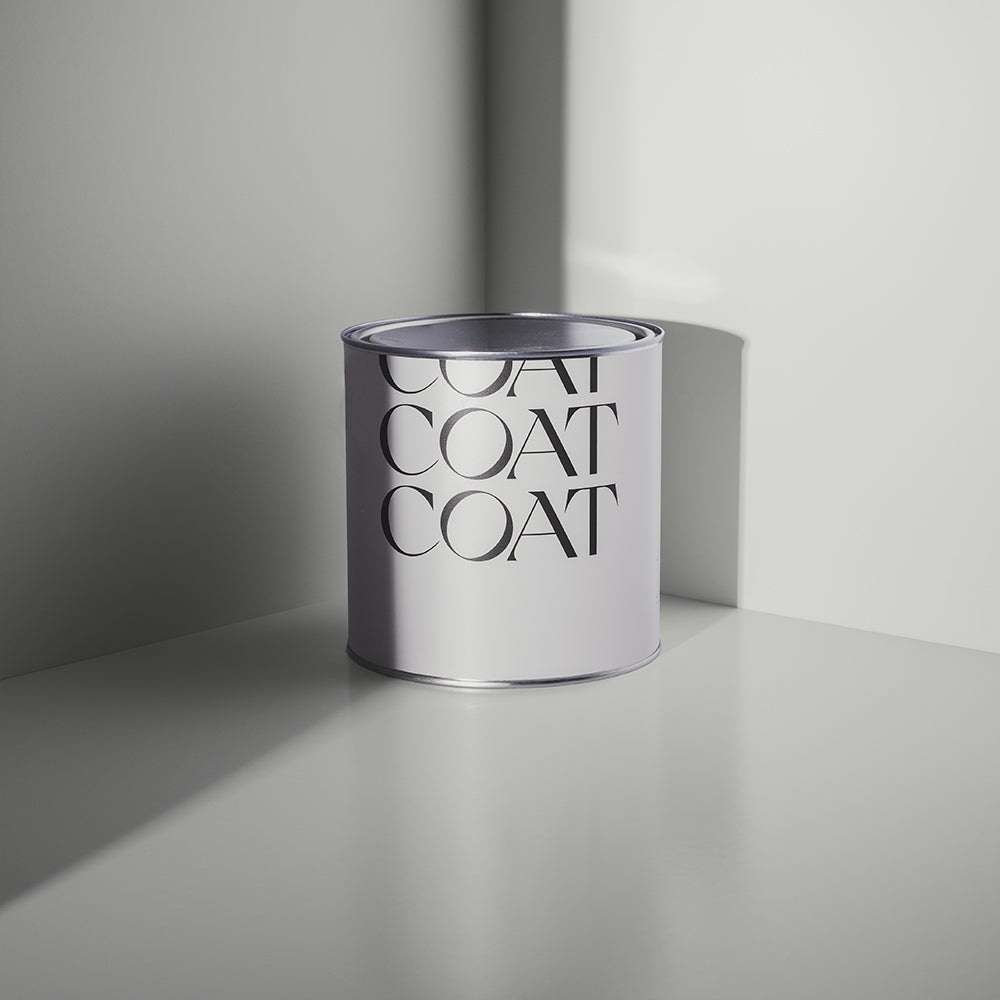
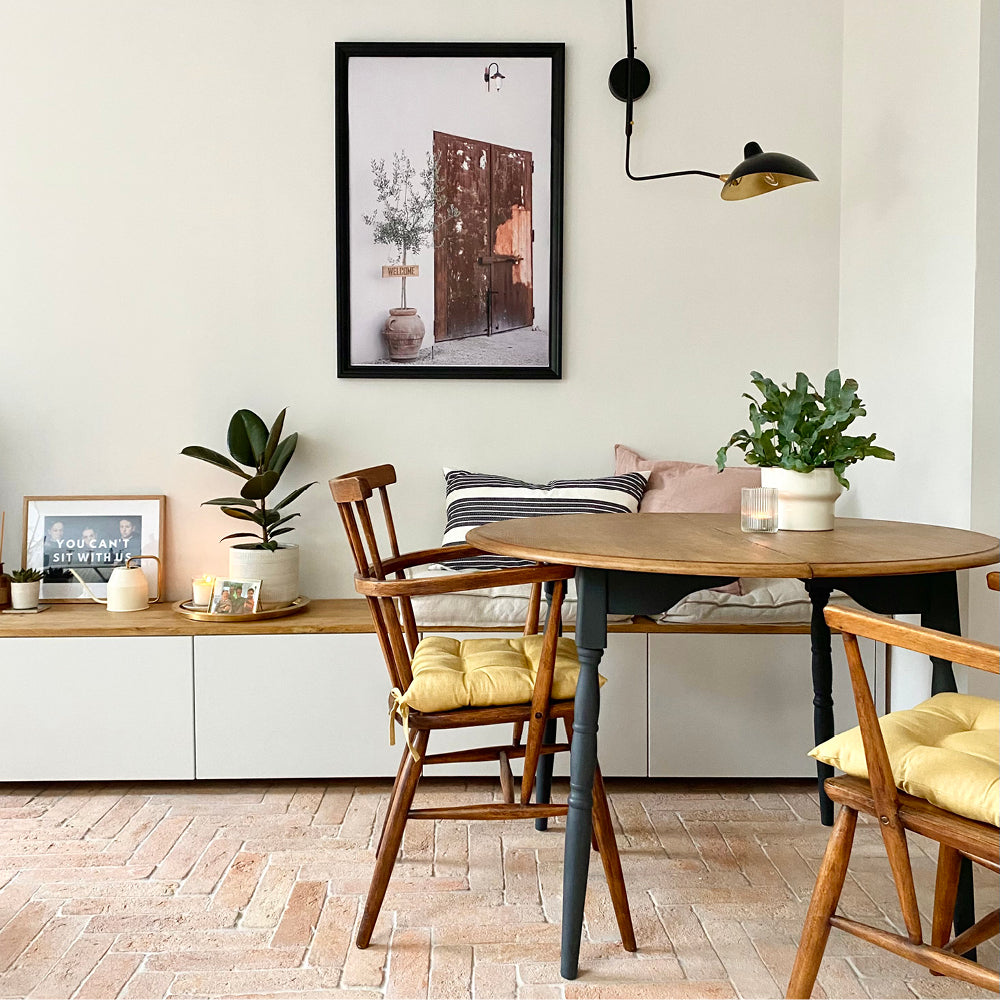
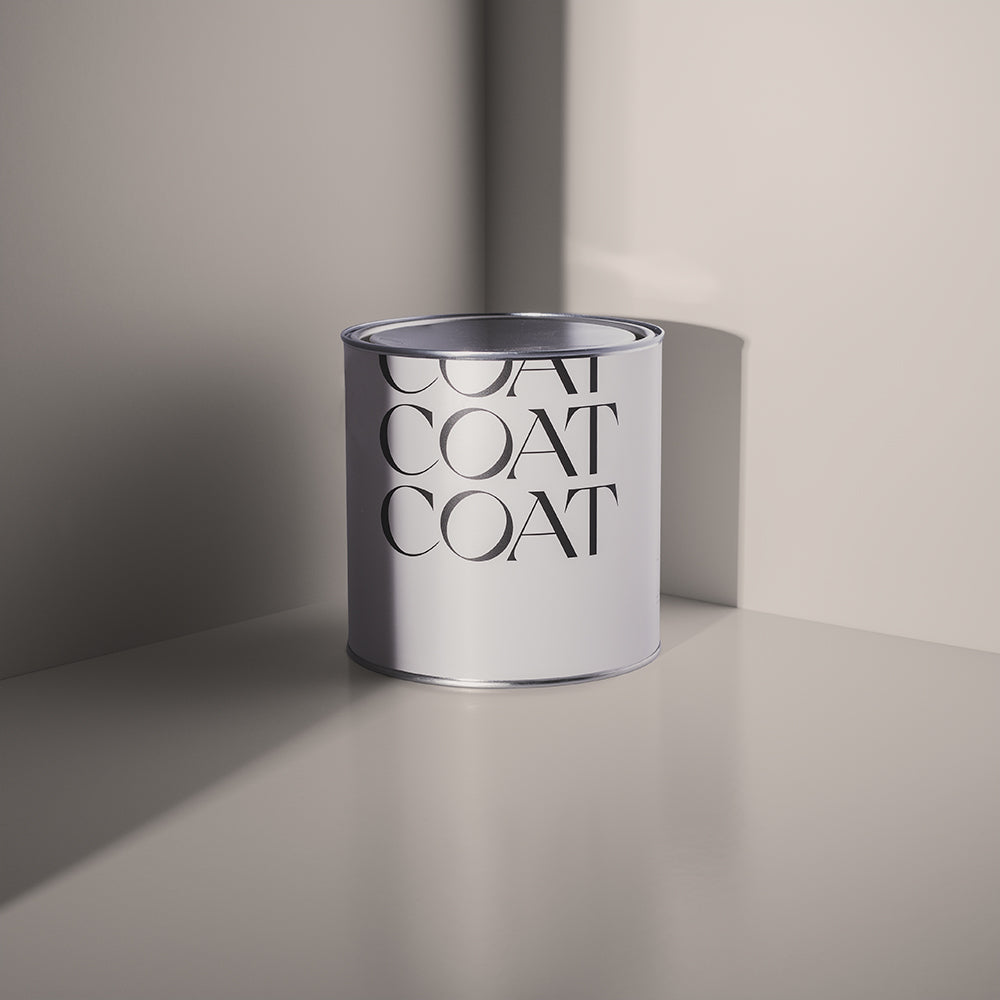
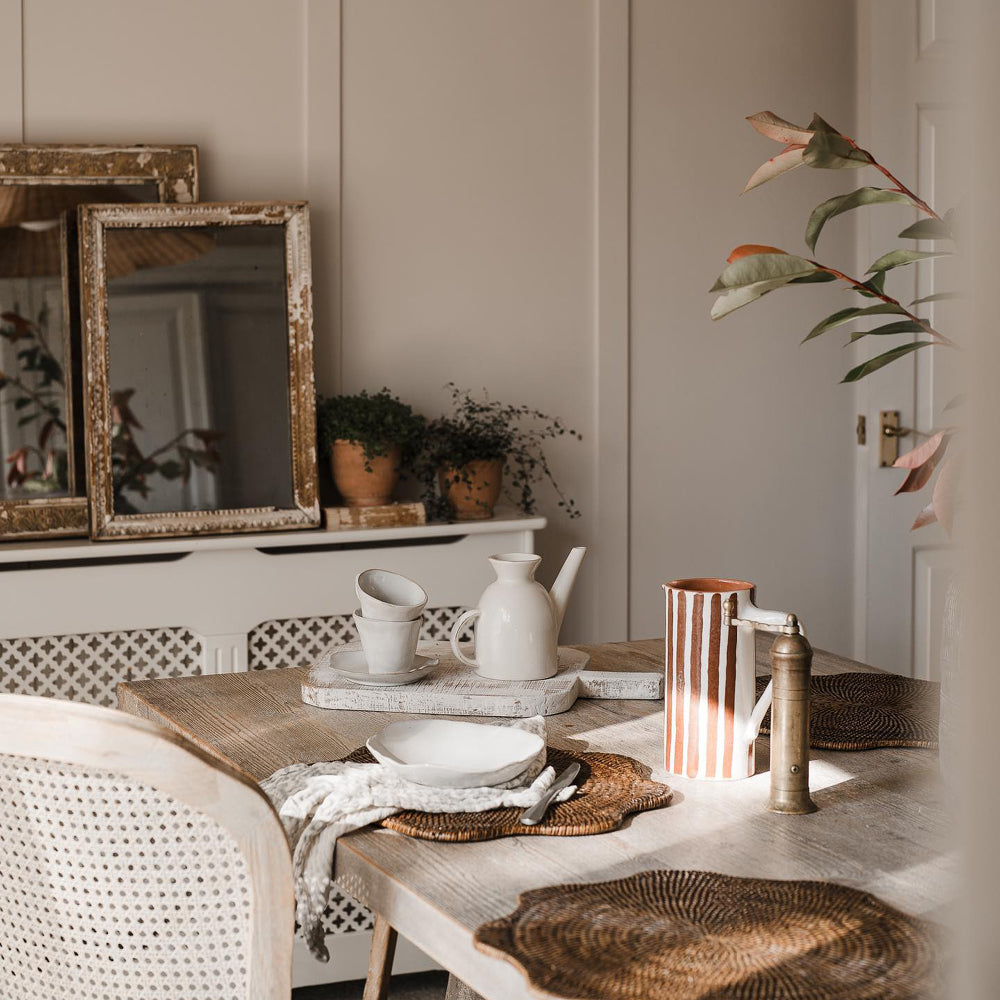


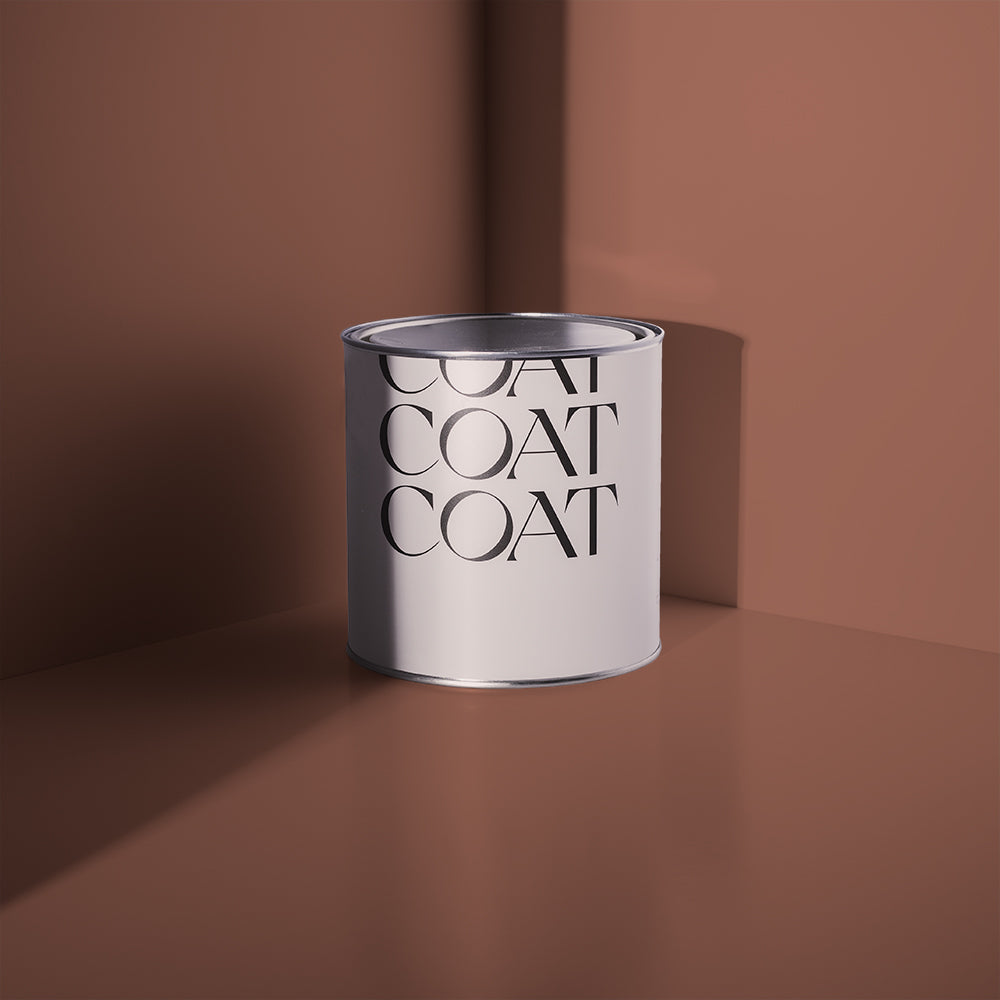

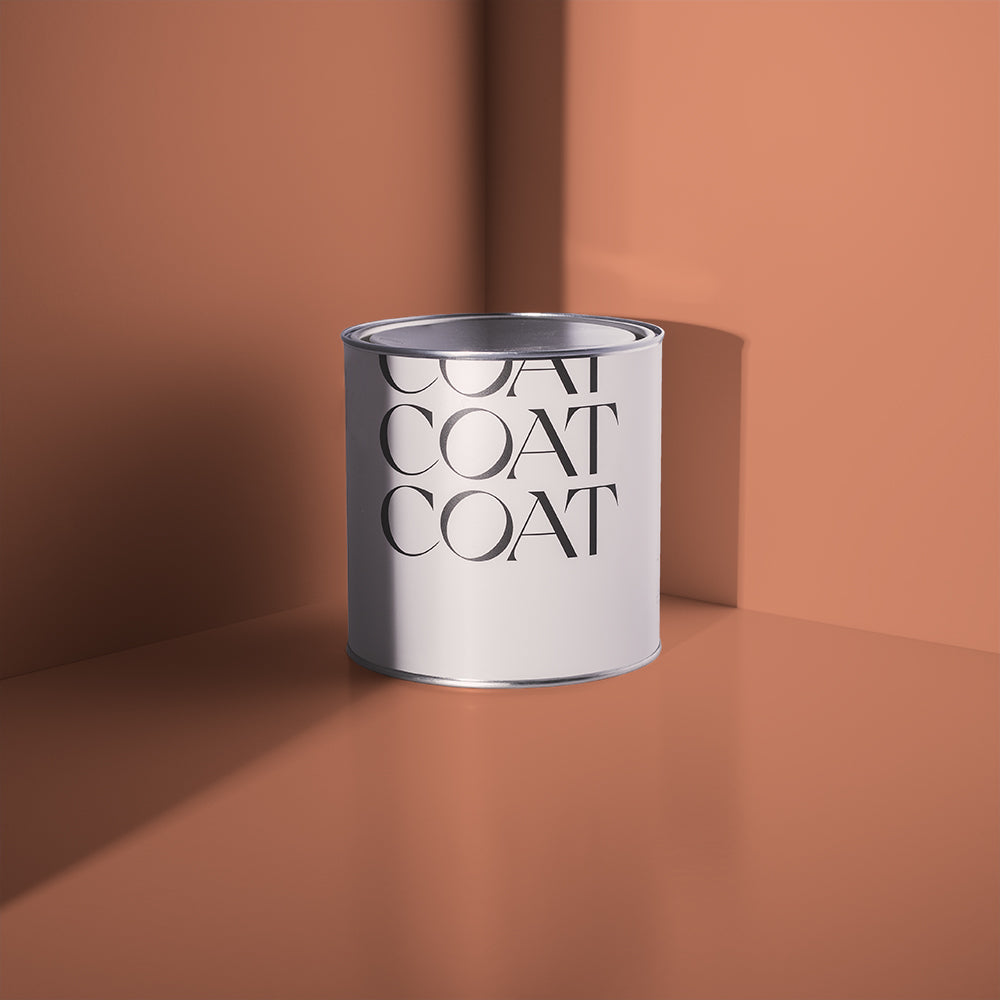
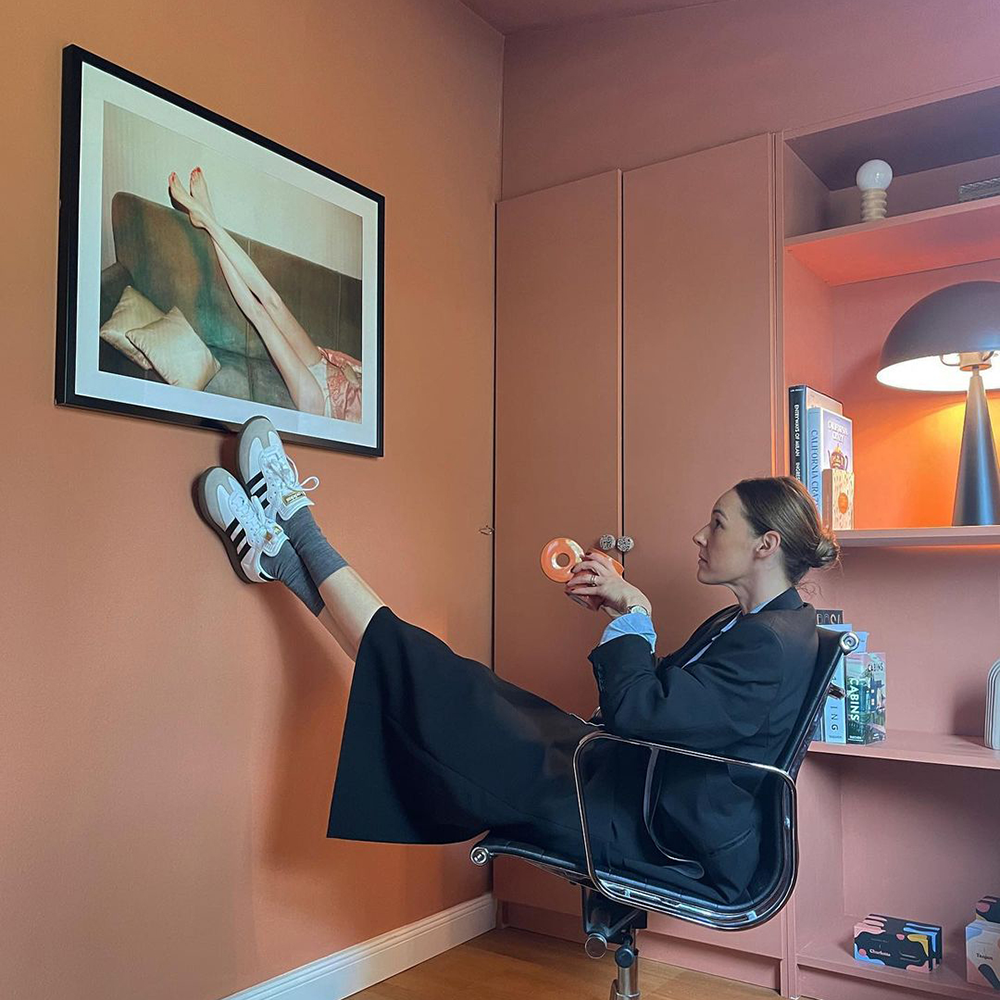

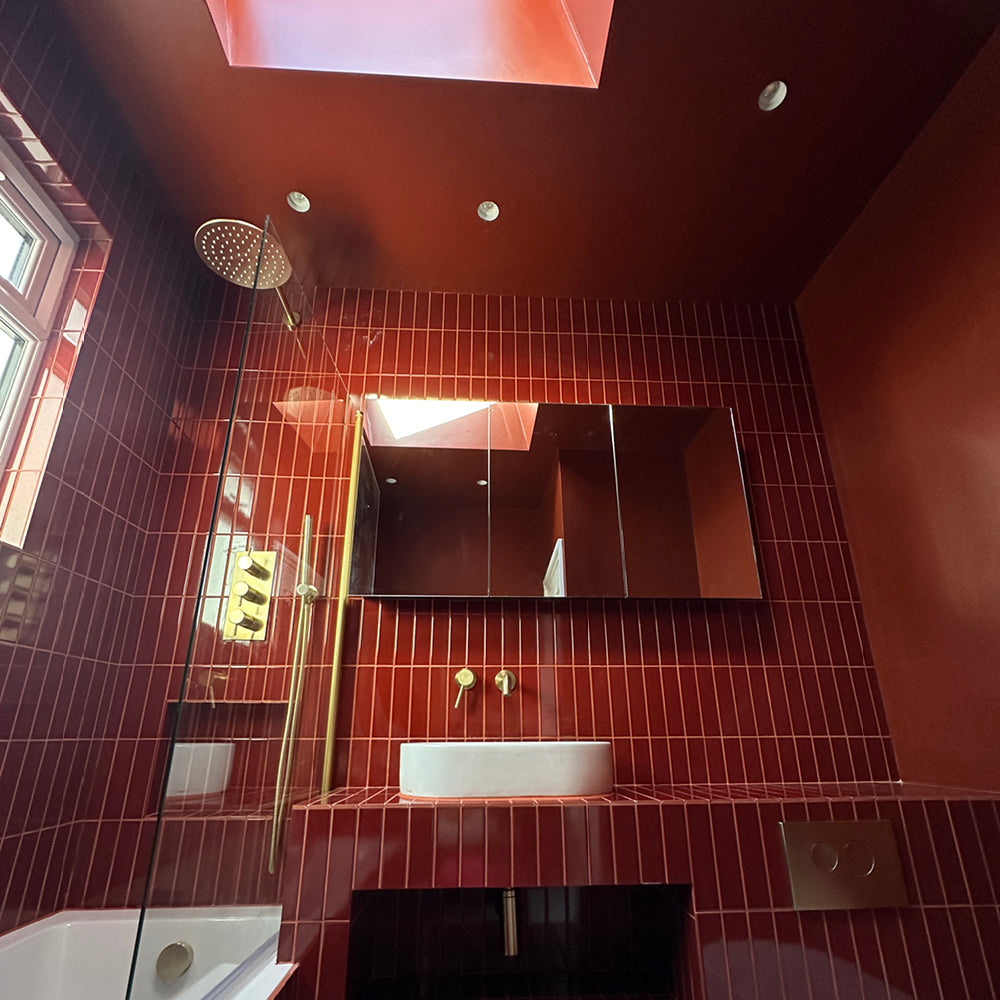




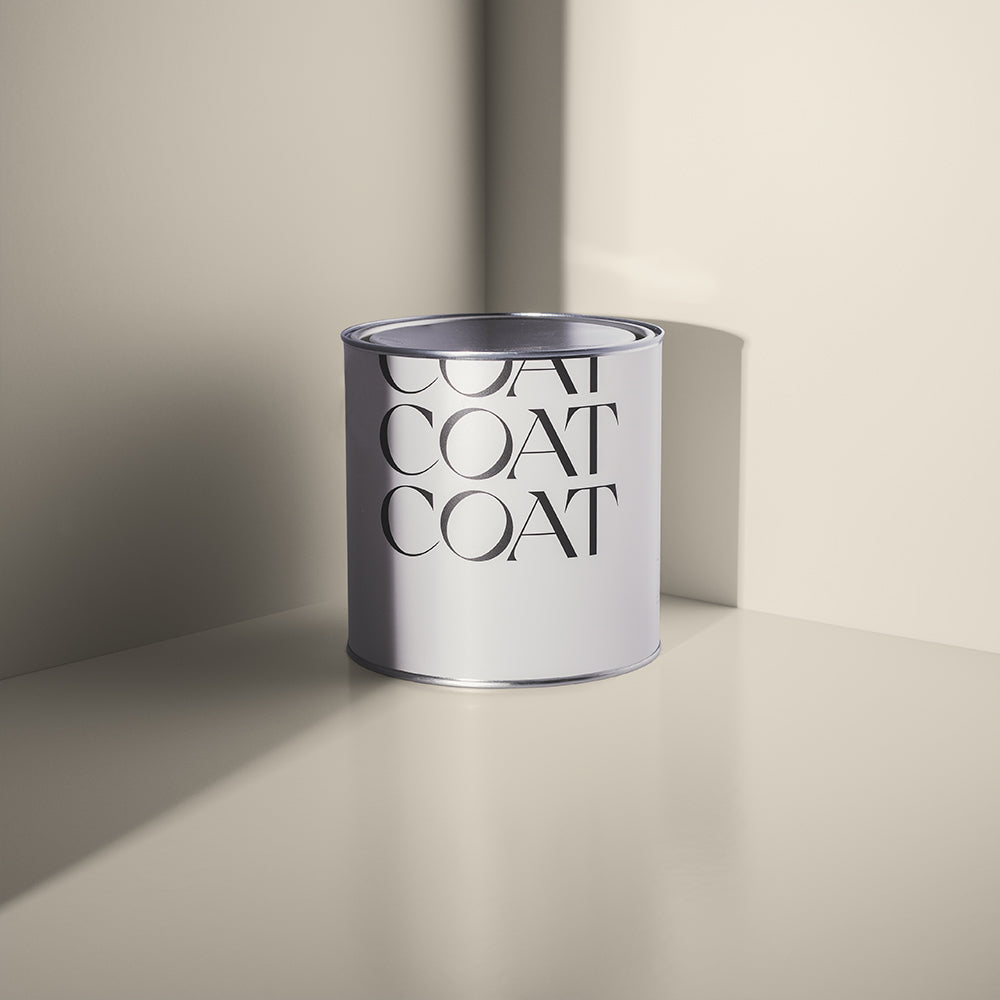

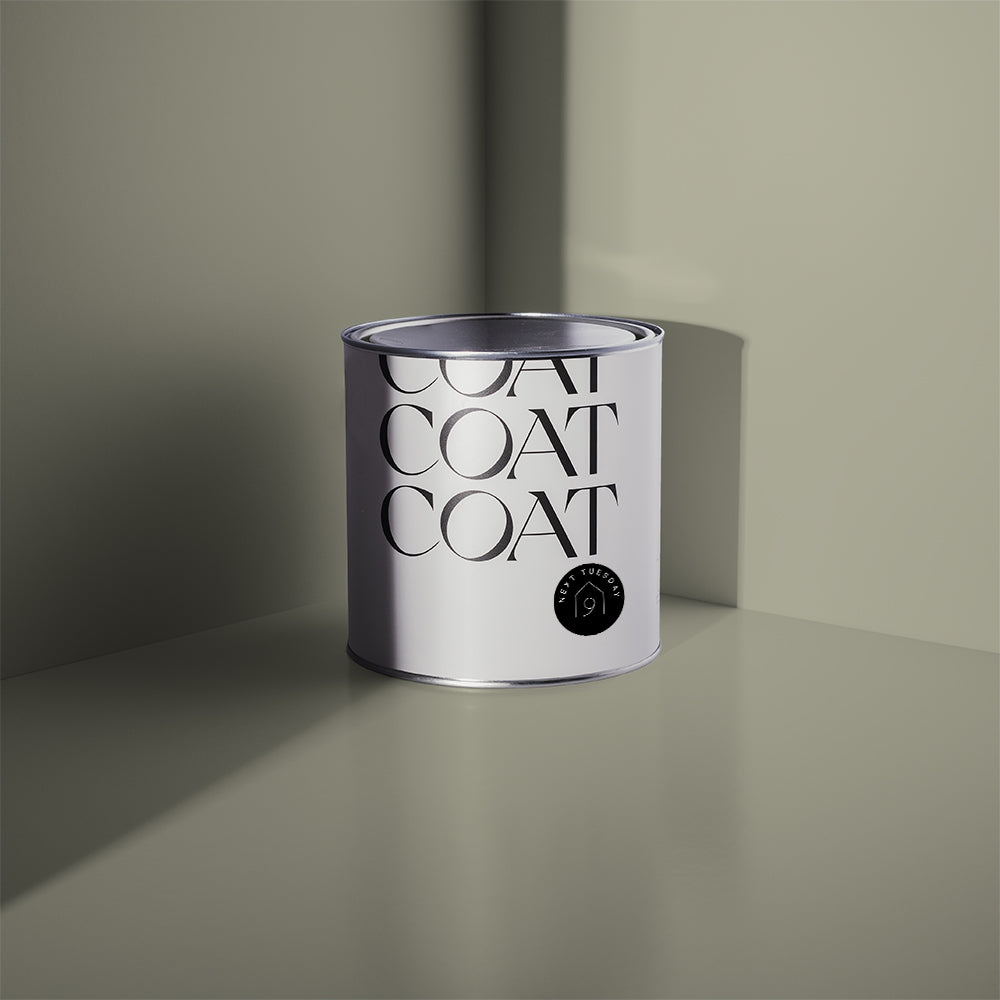
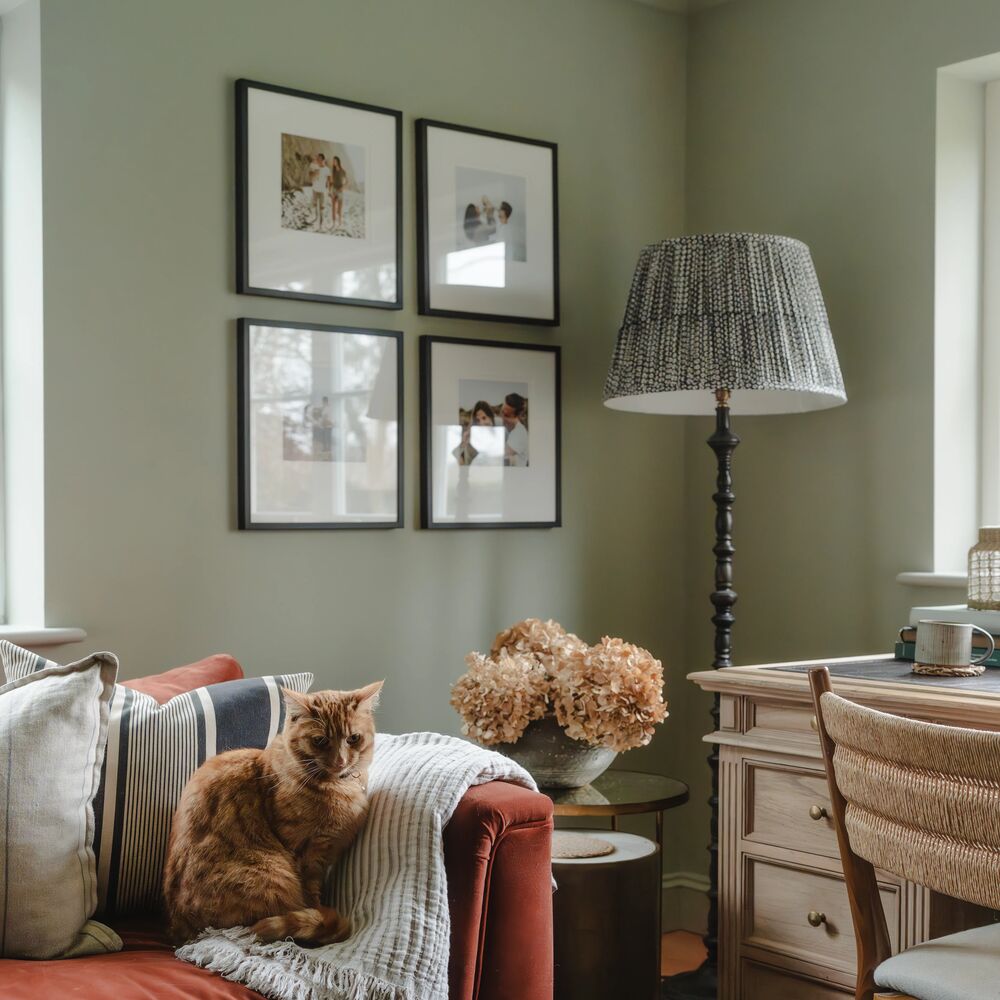

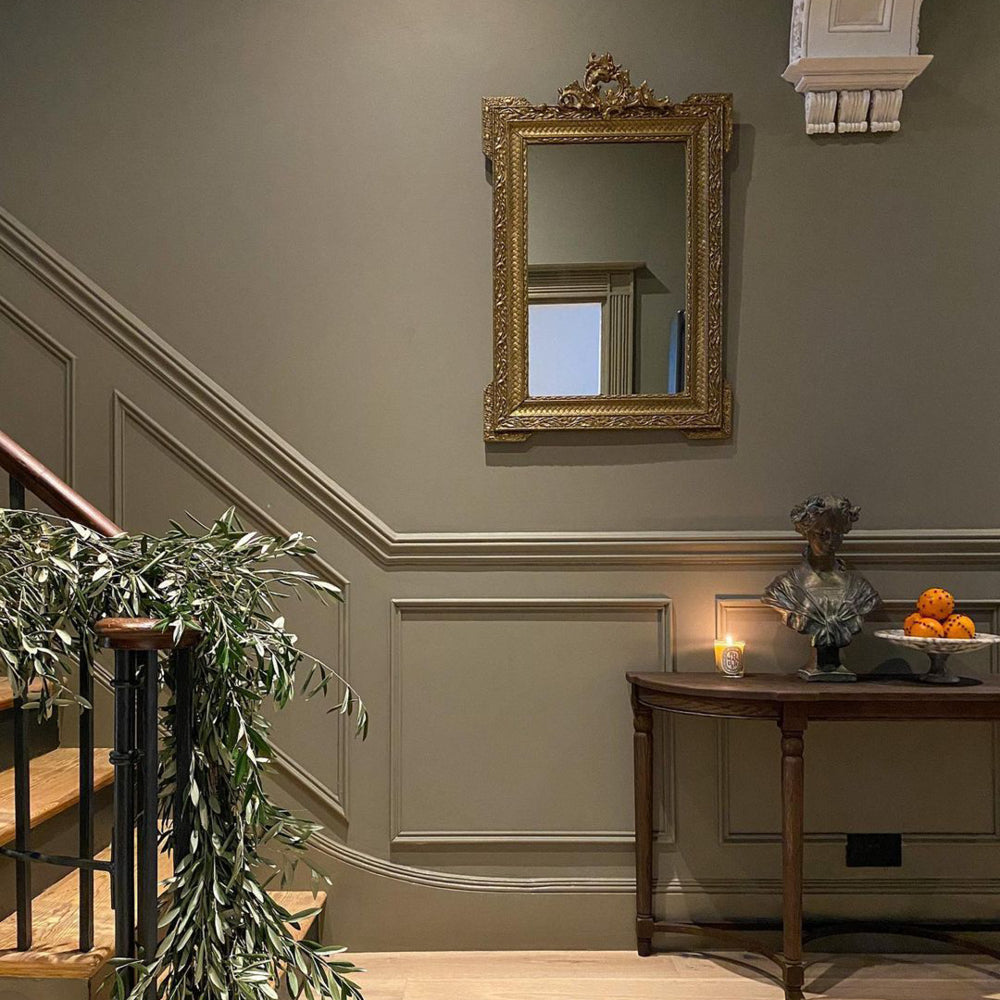

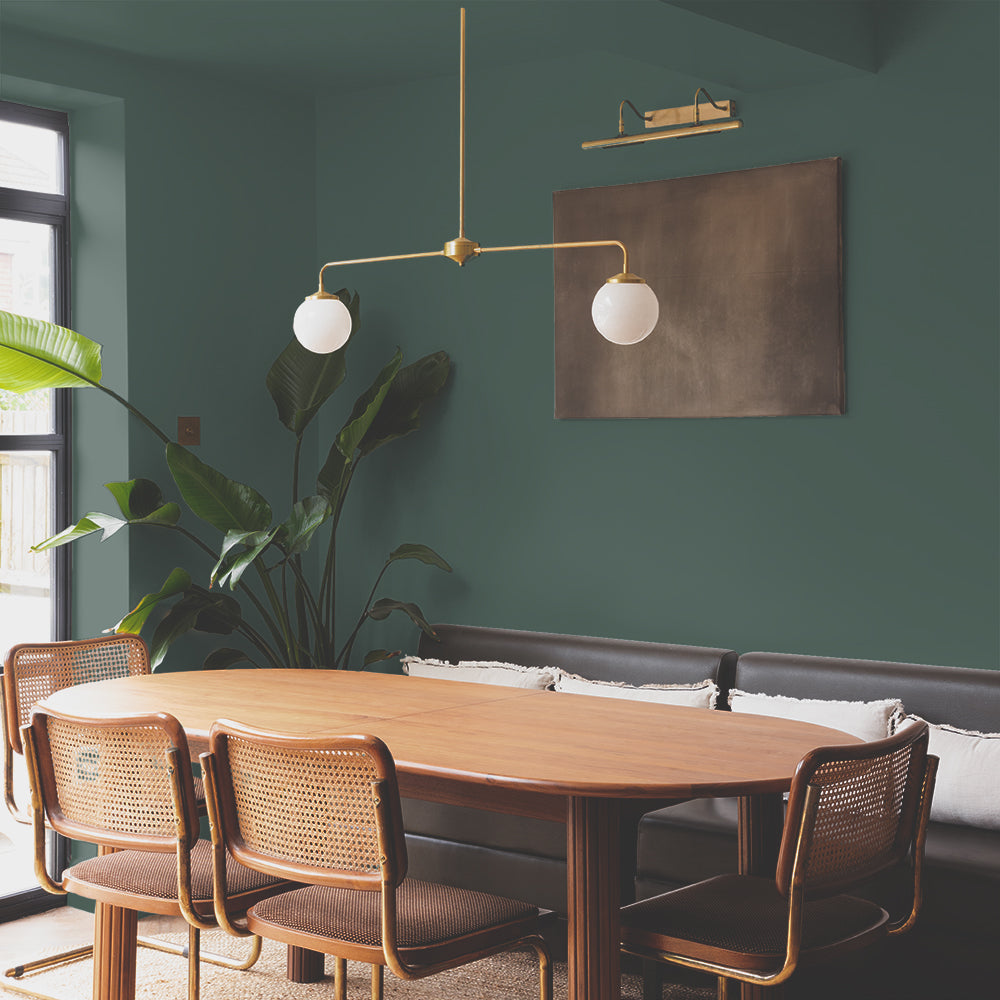


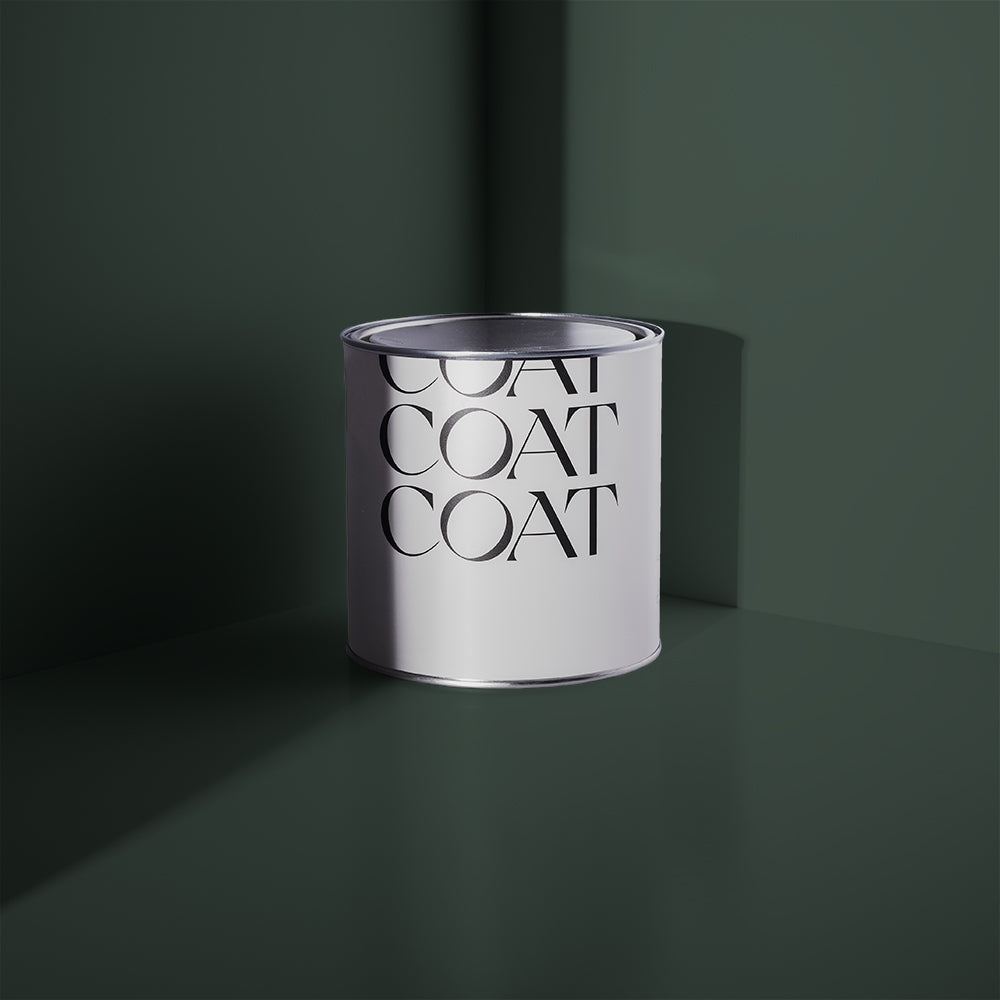
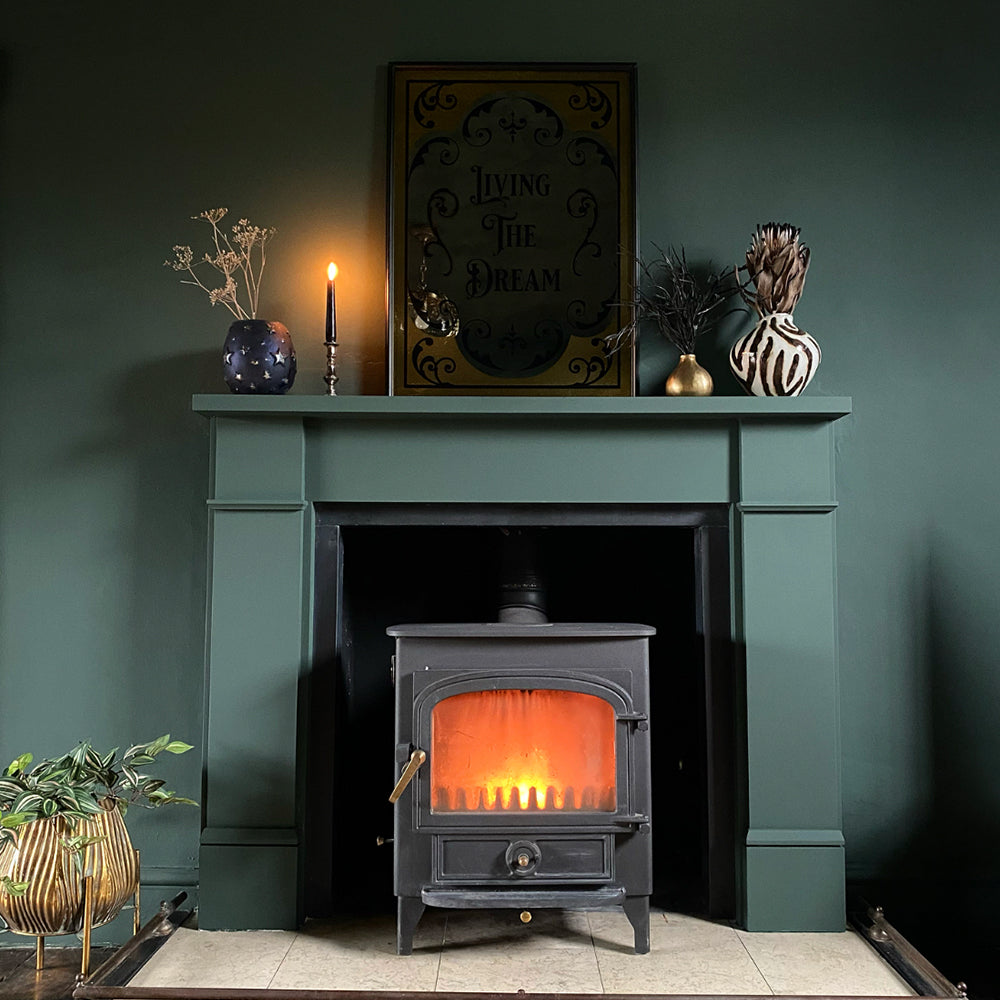



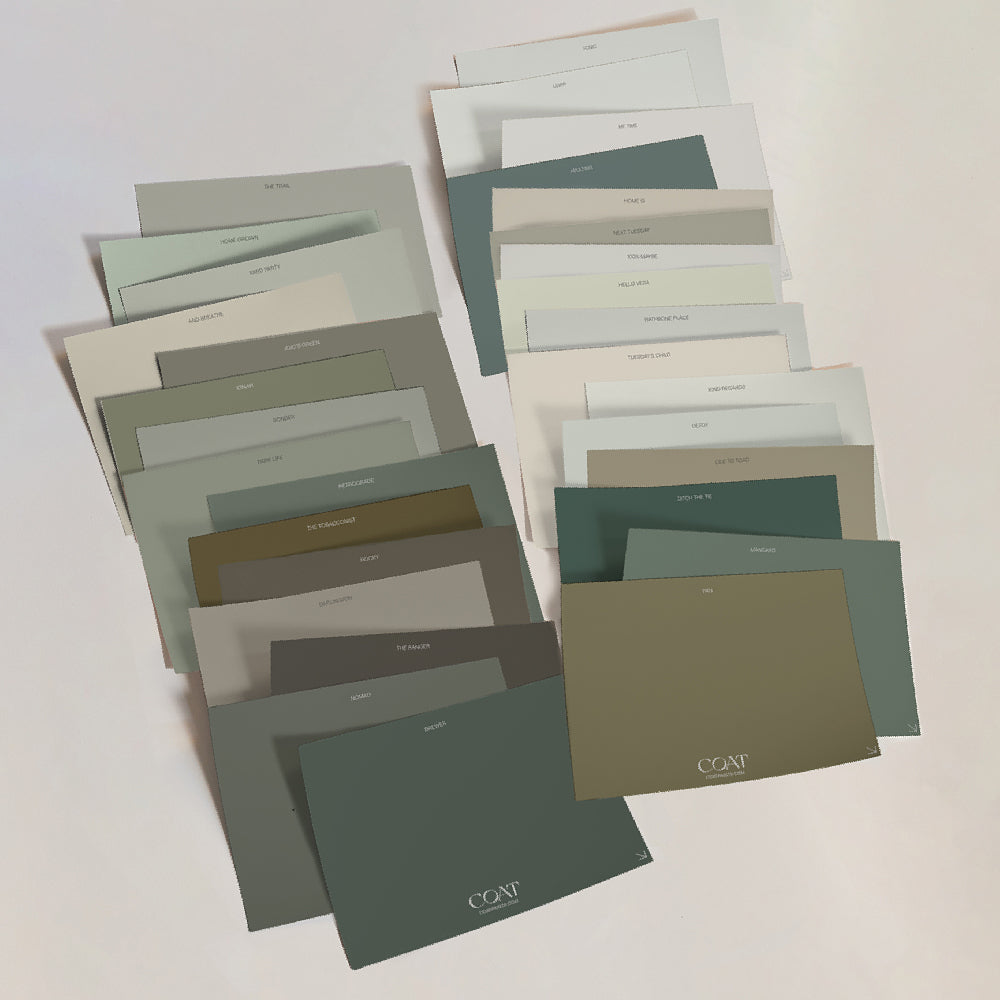

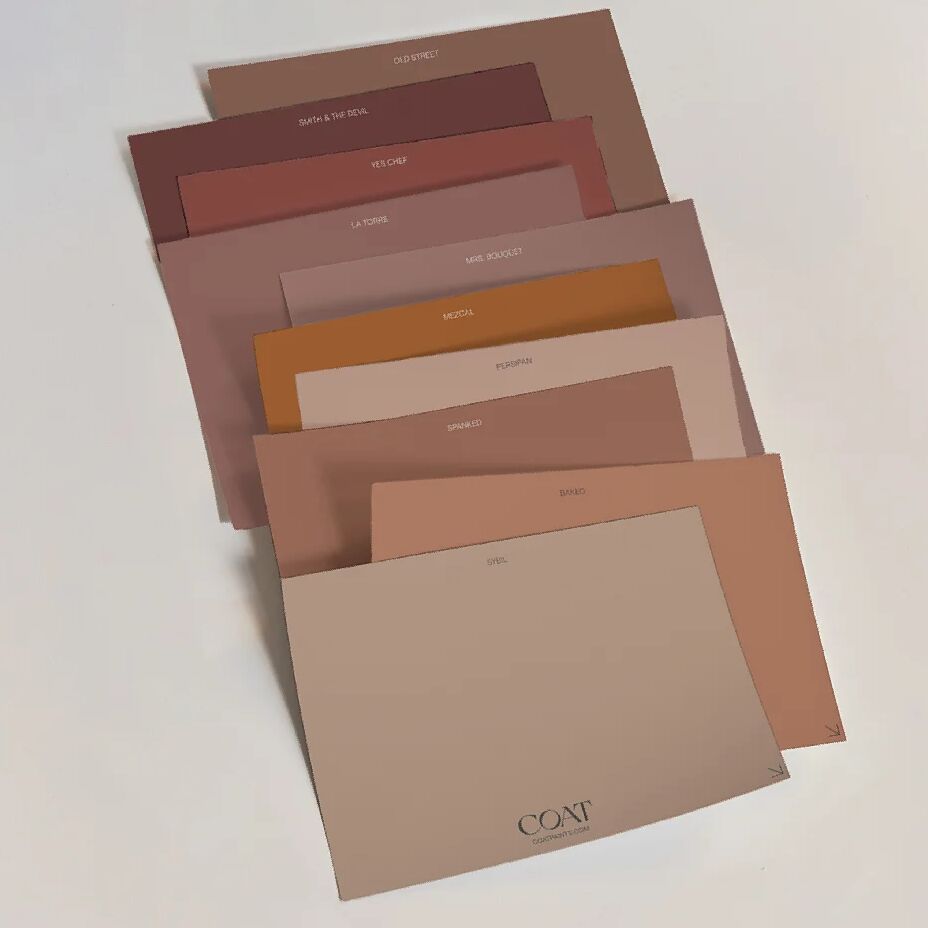

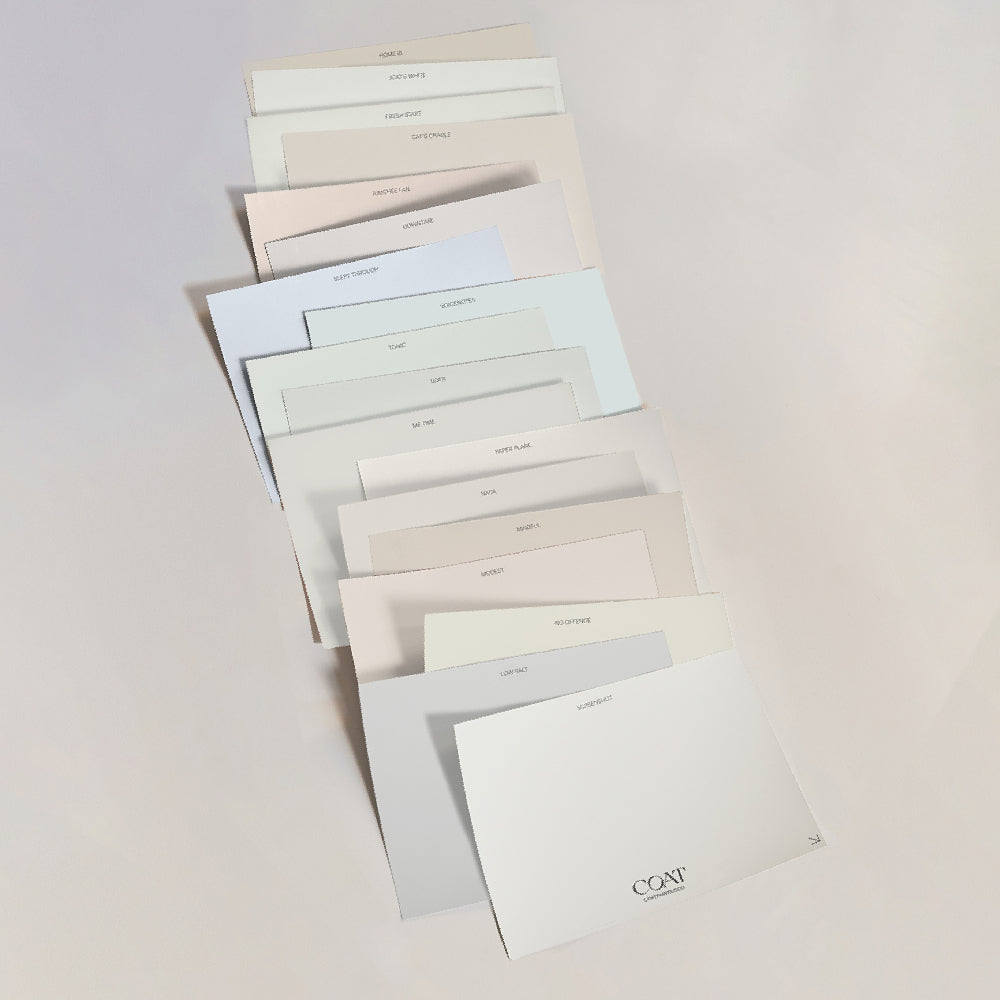

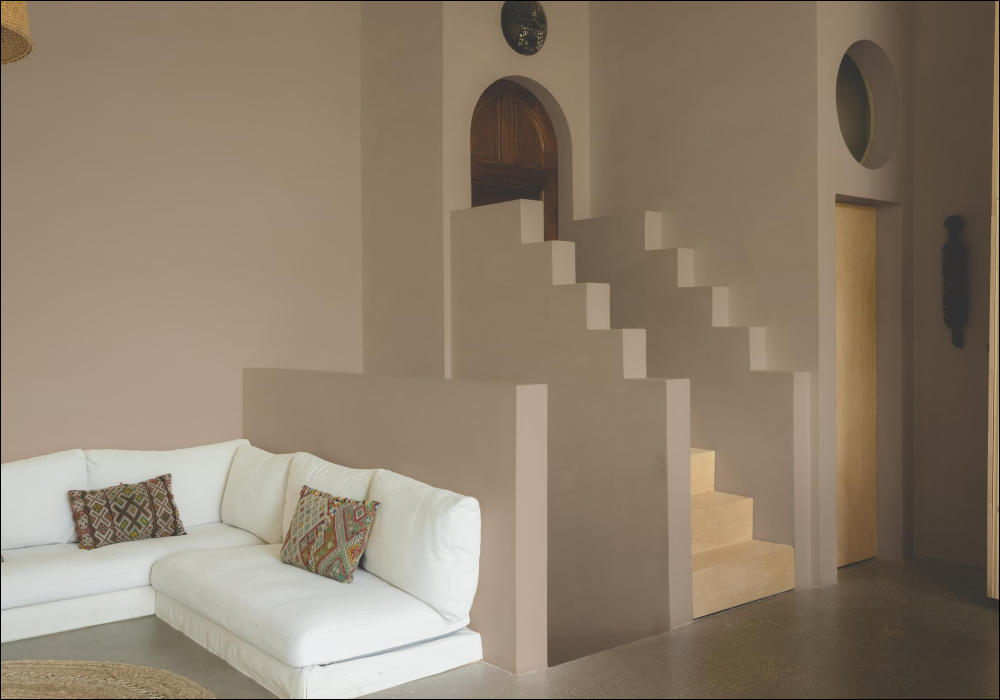
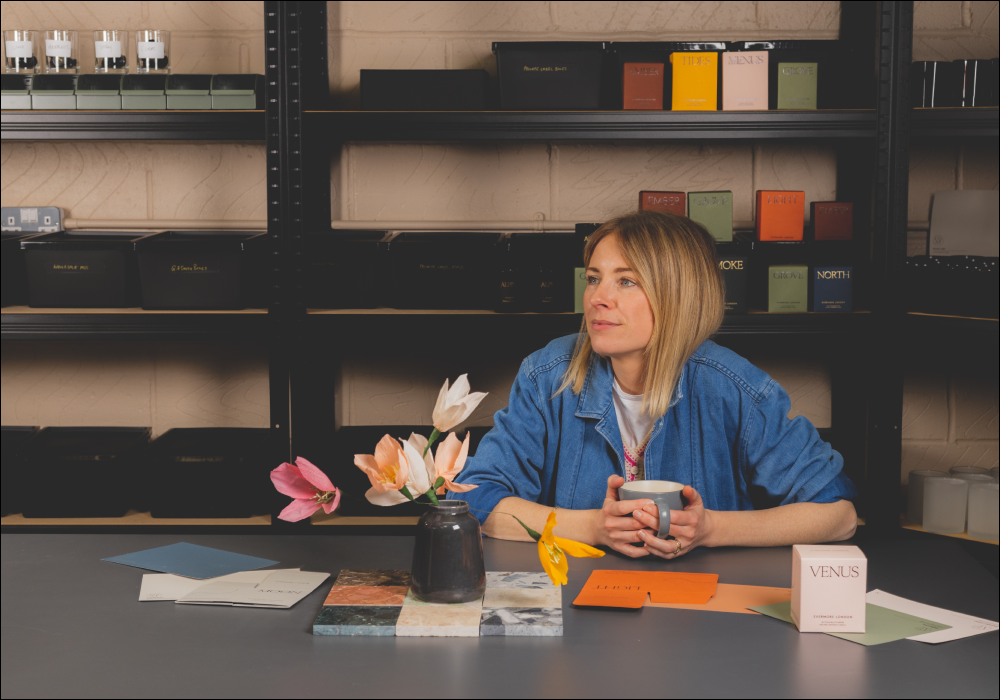
Leave a comment